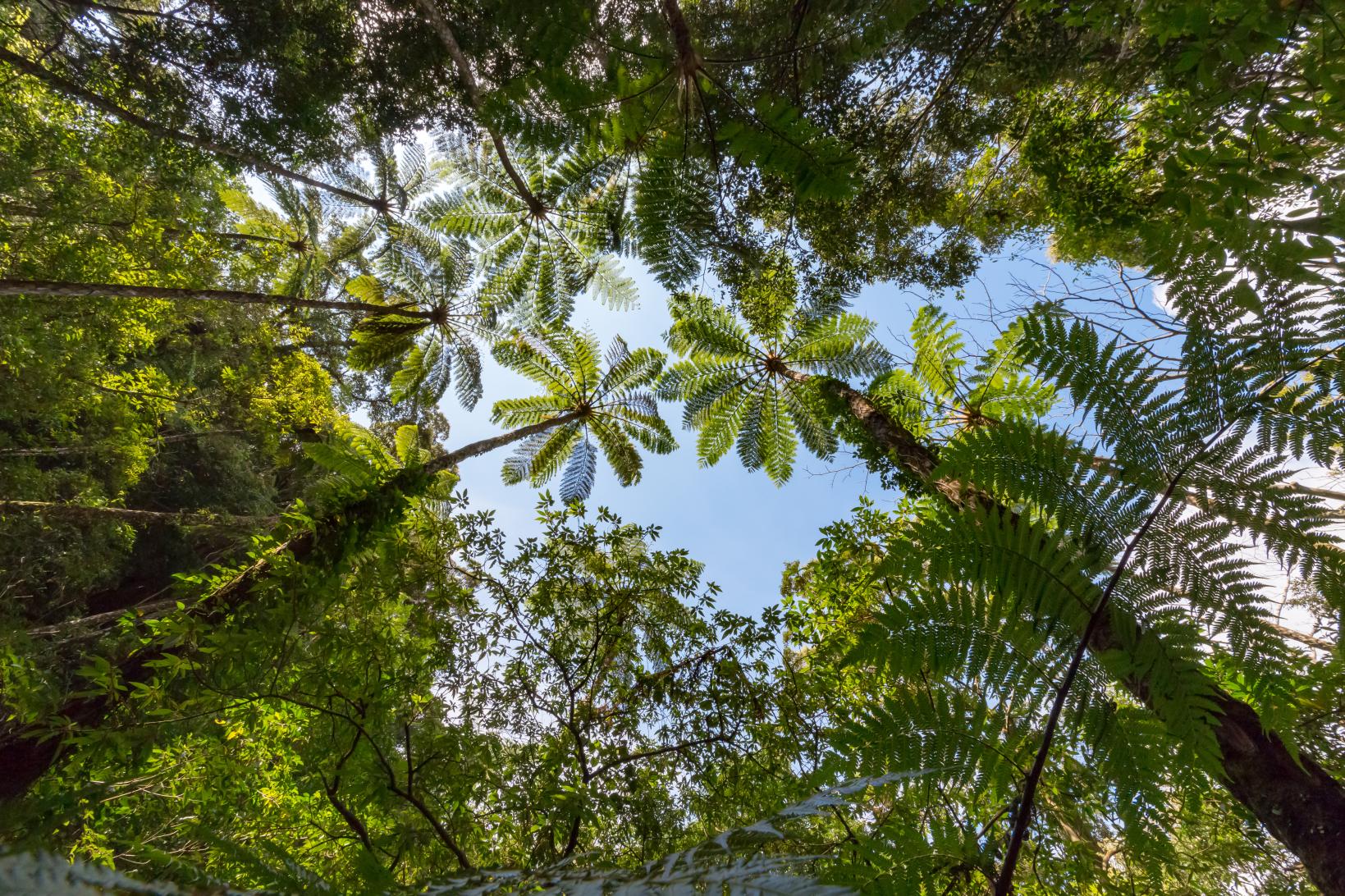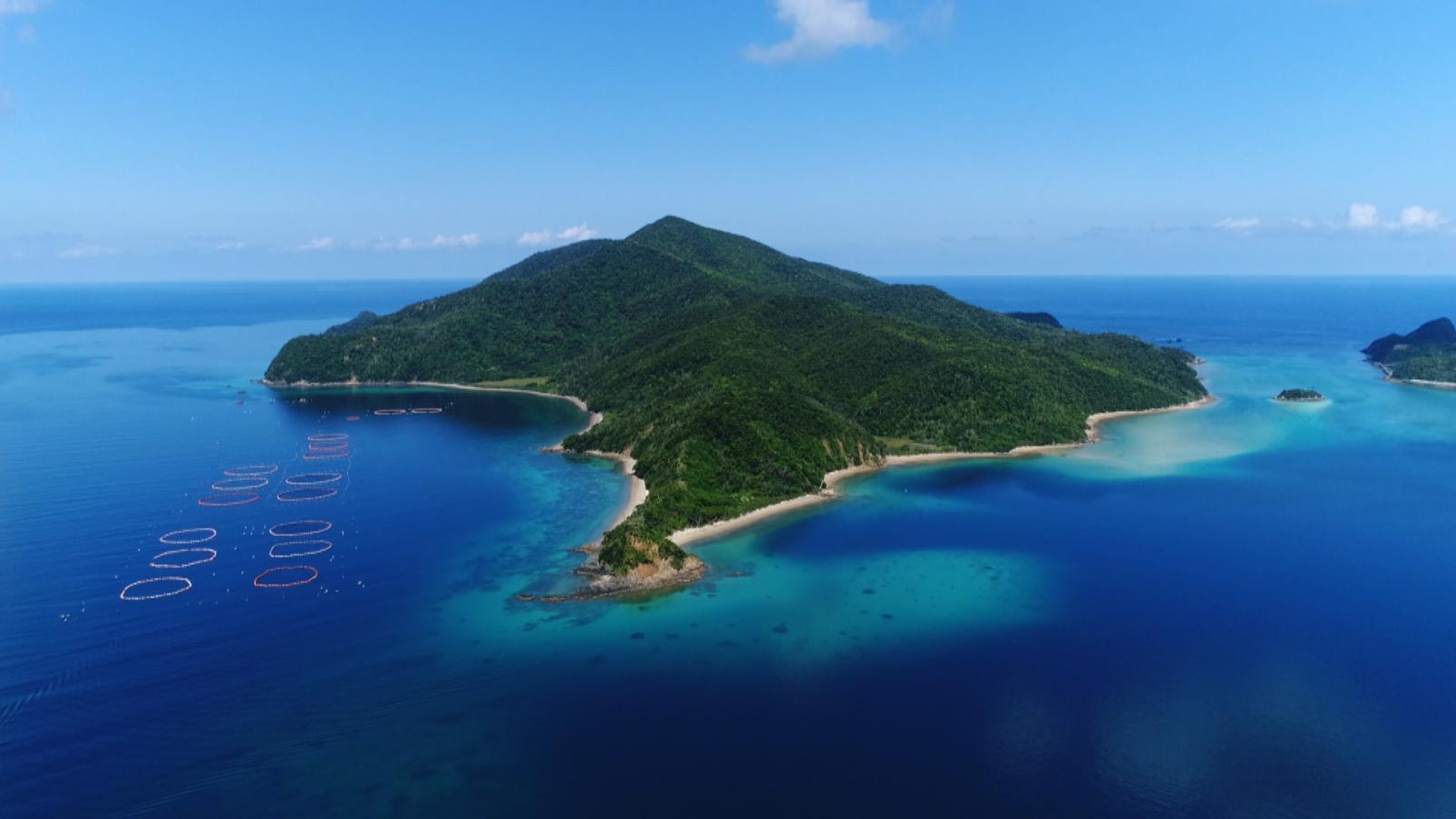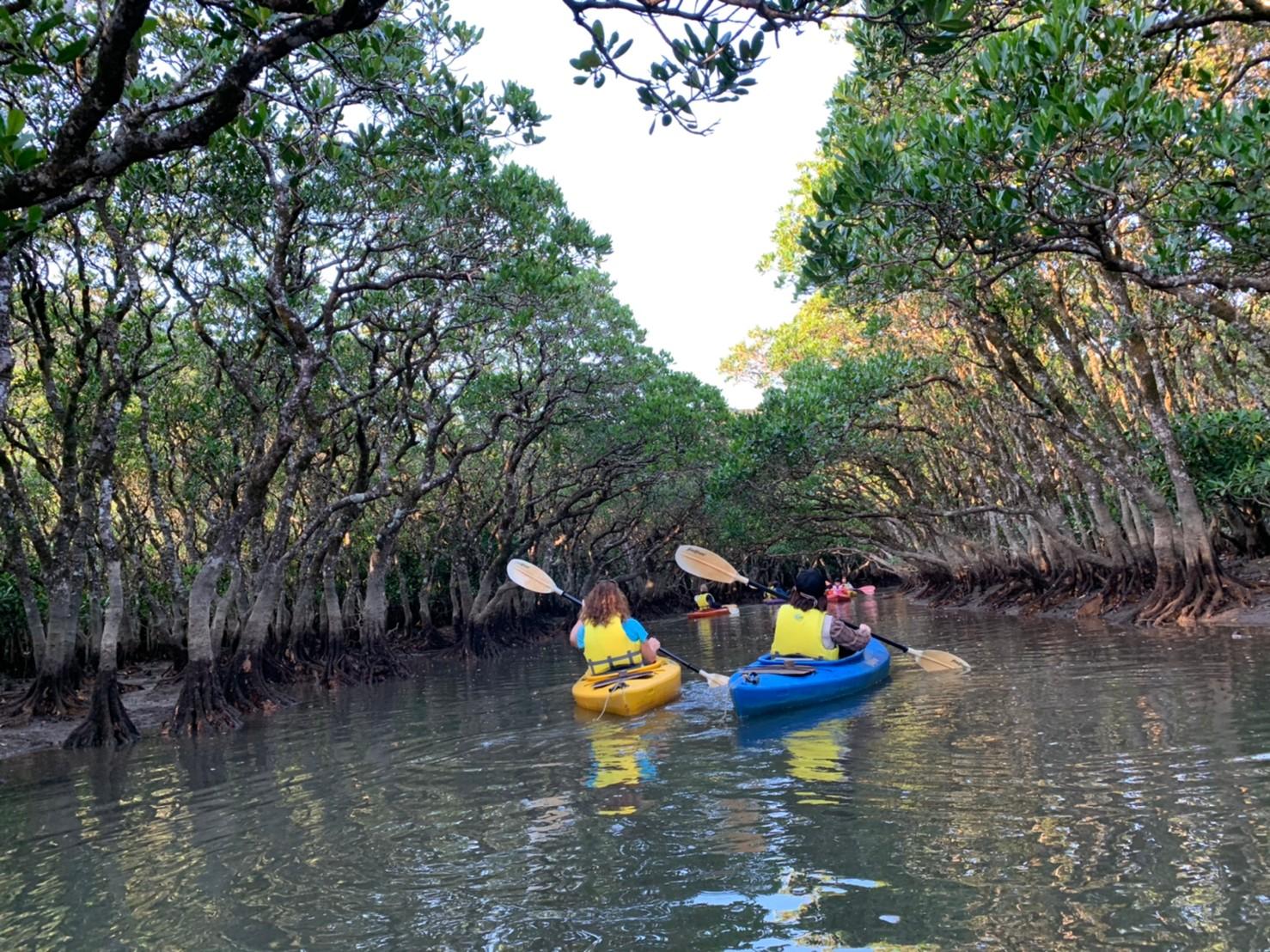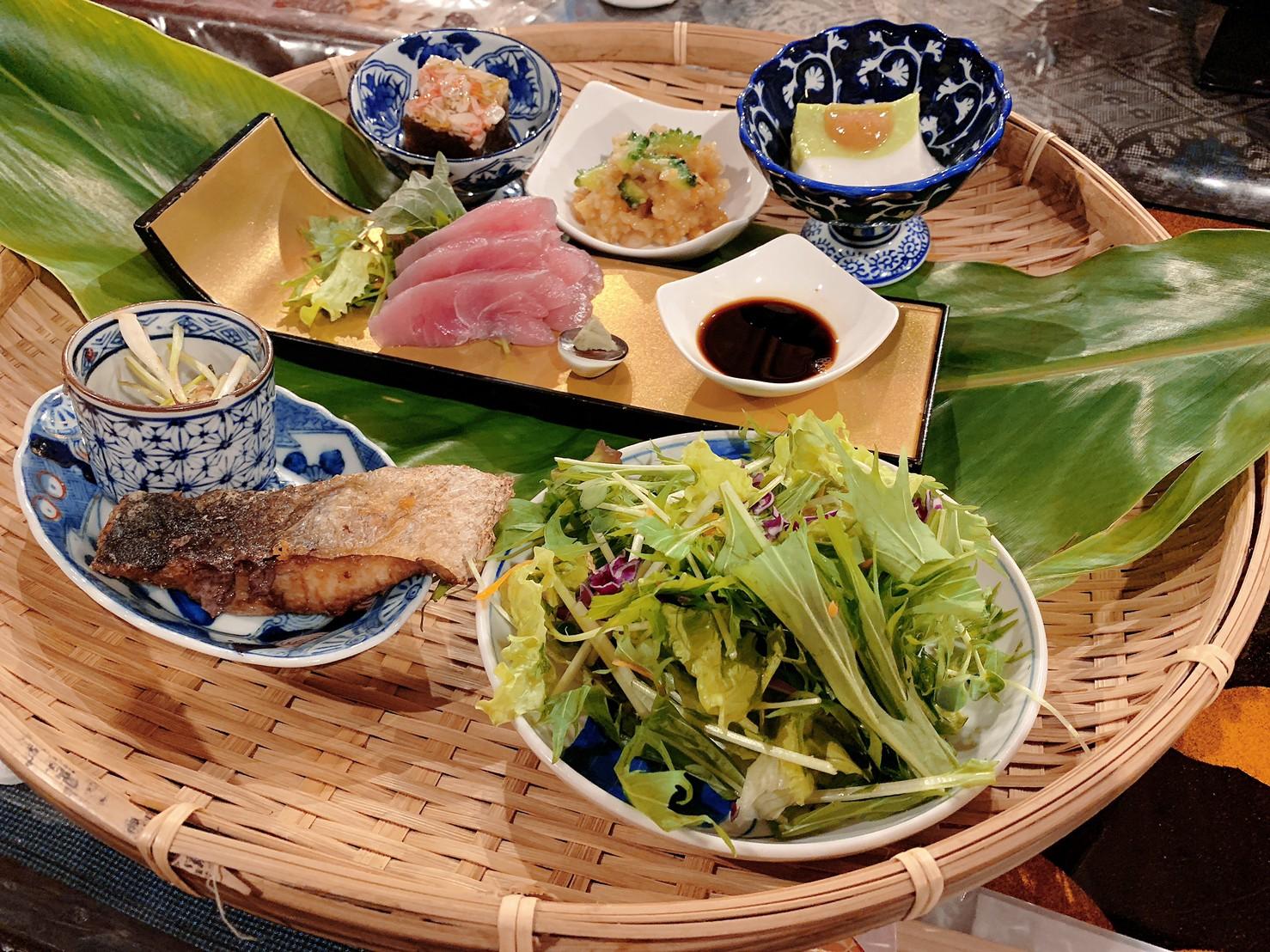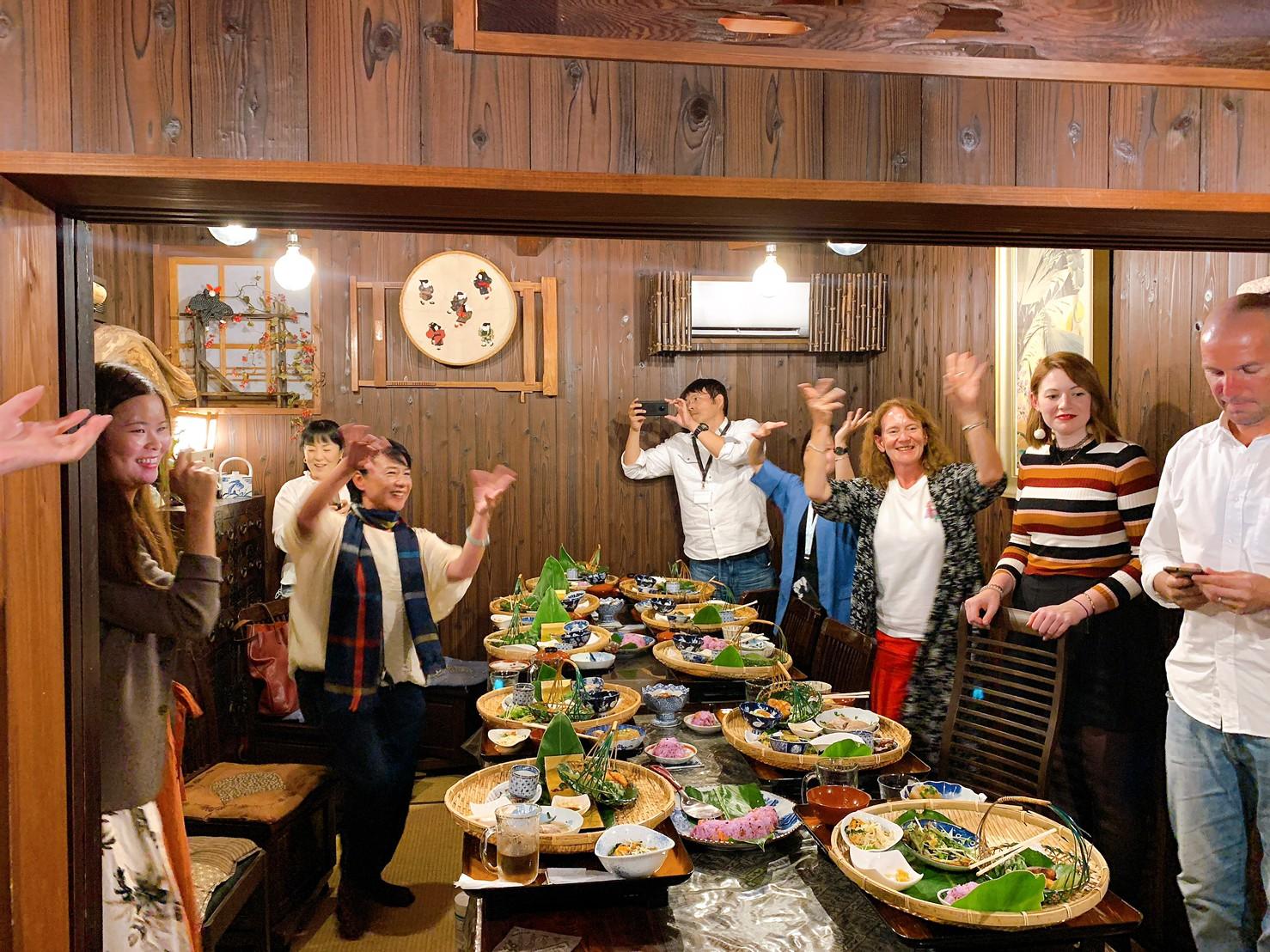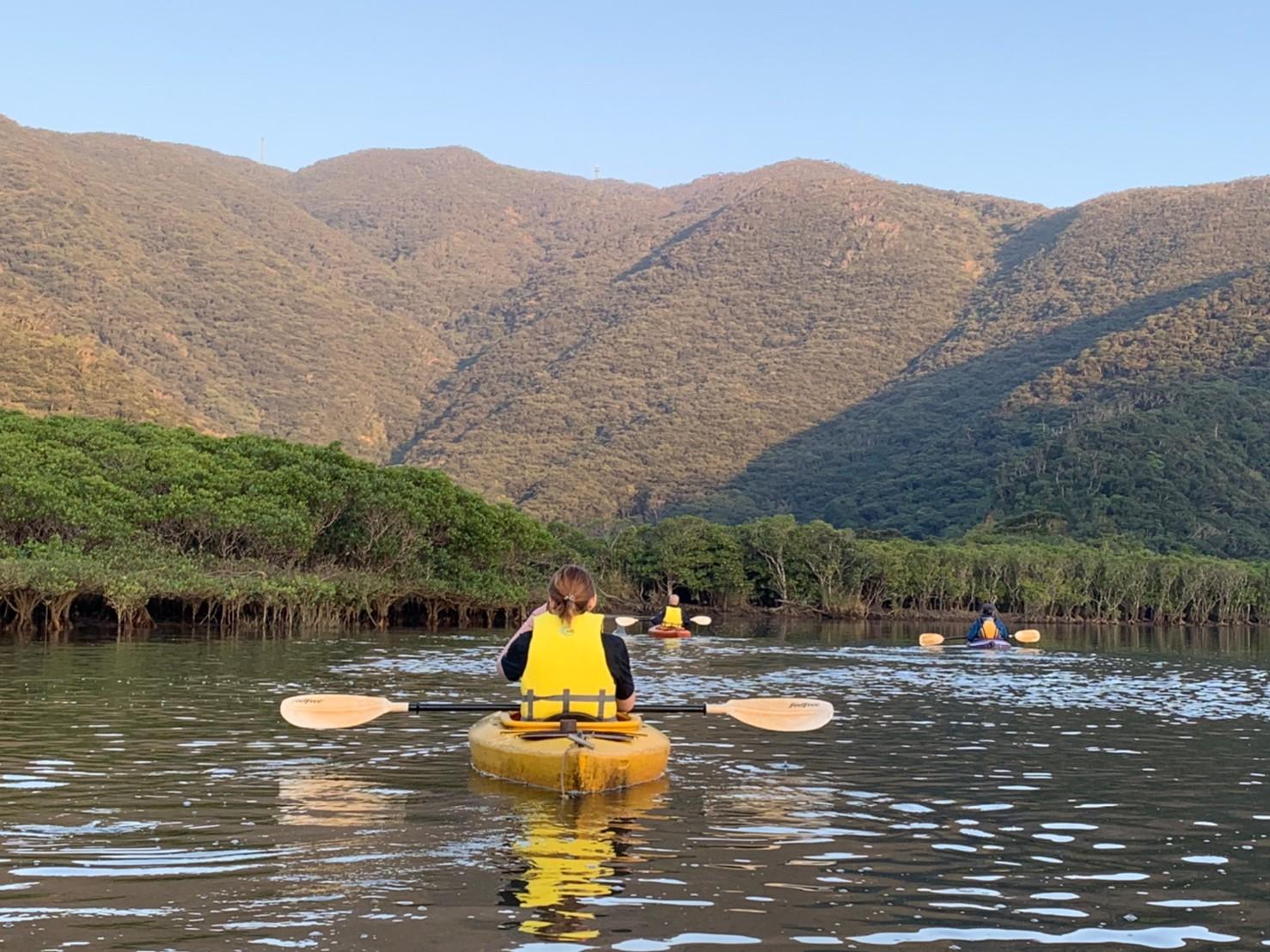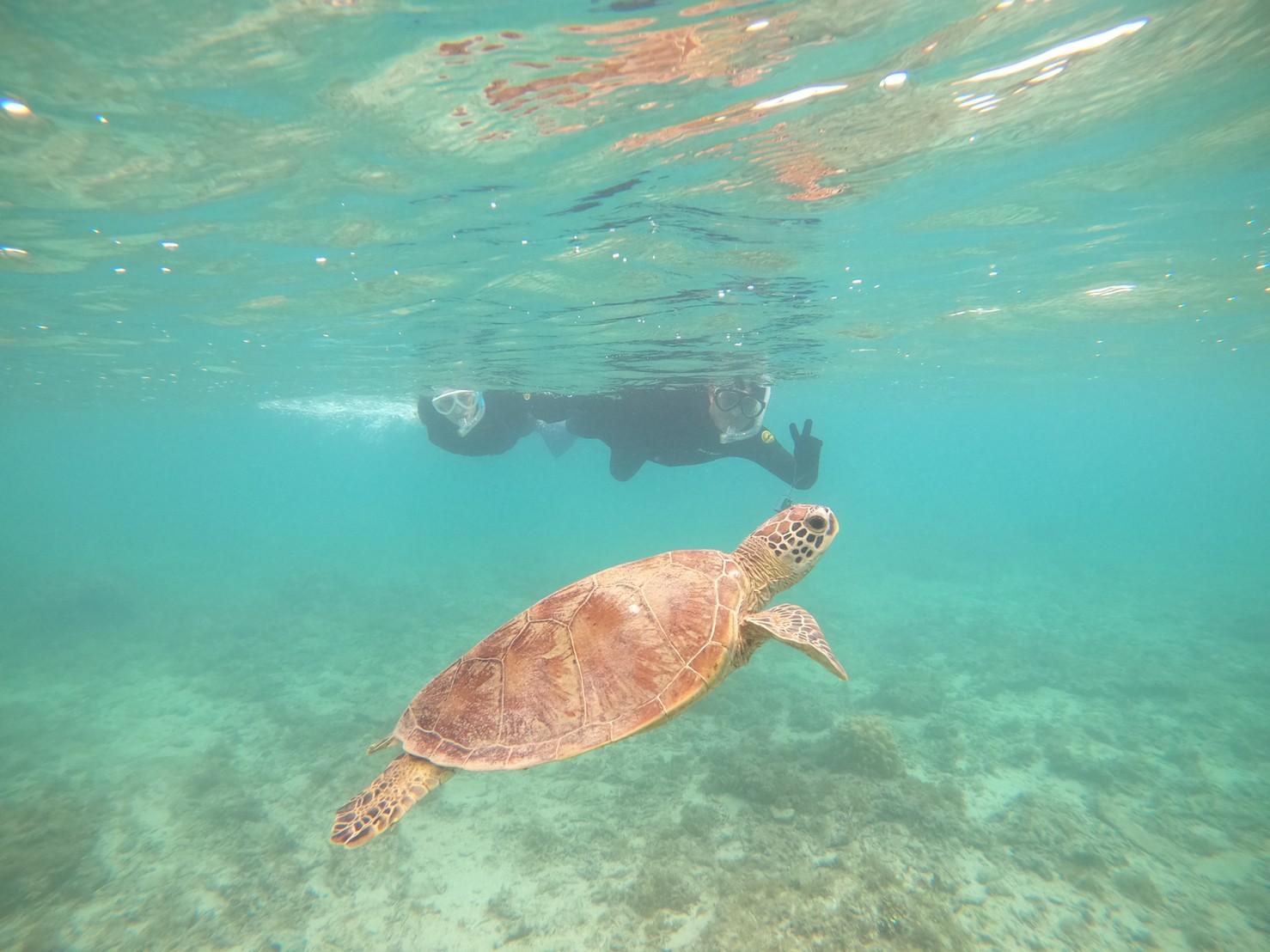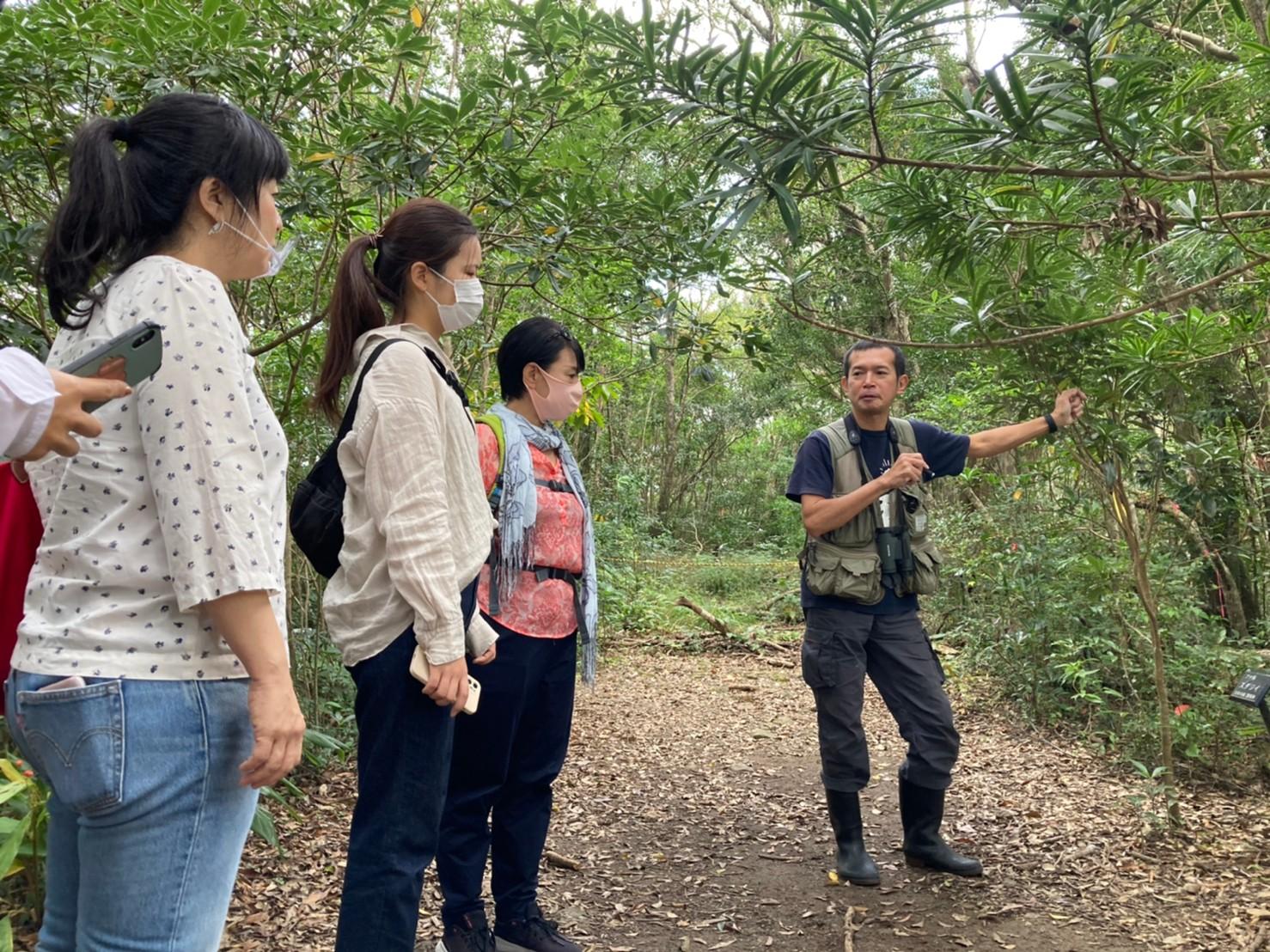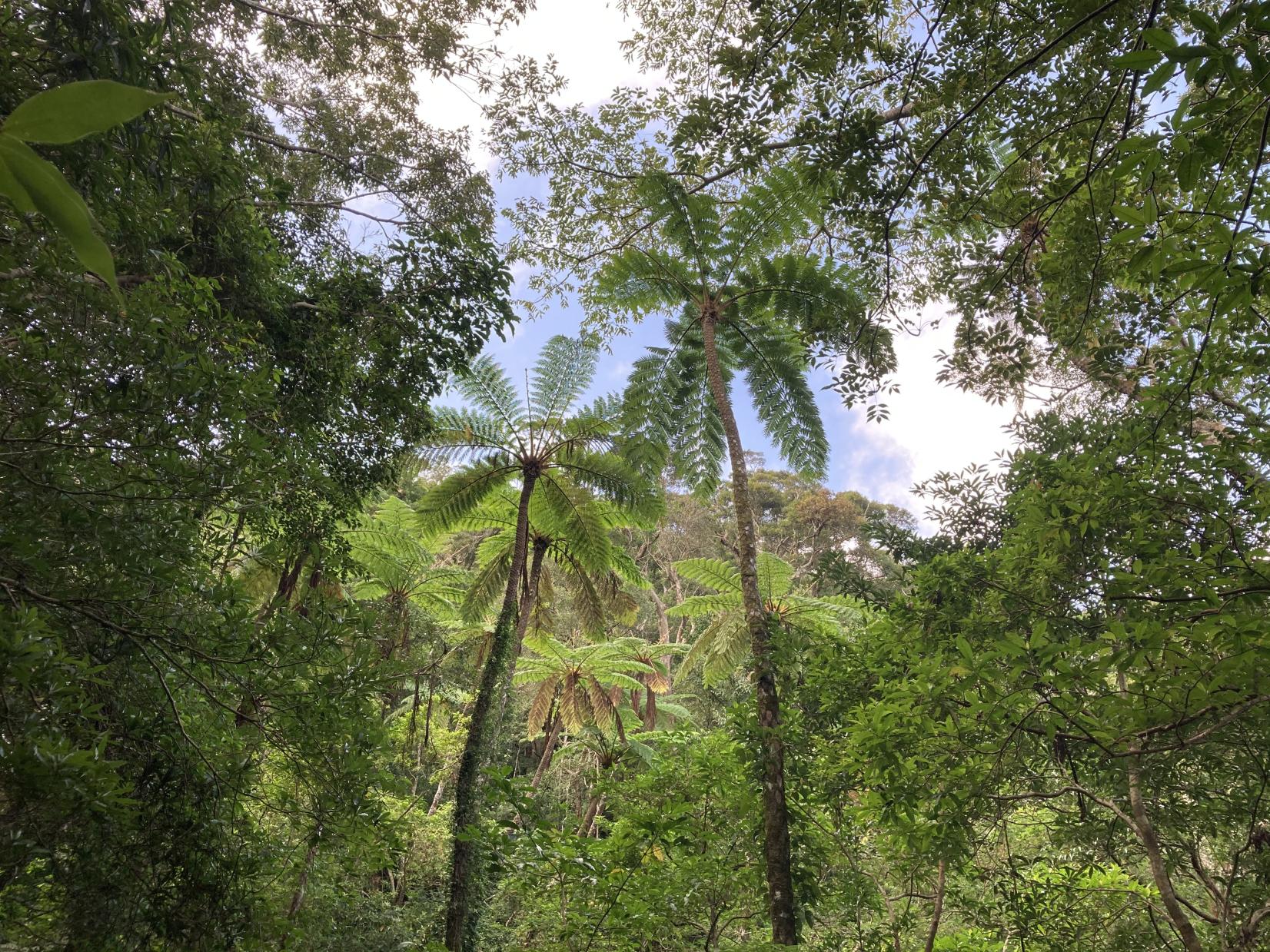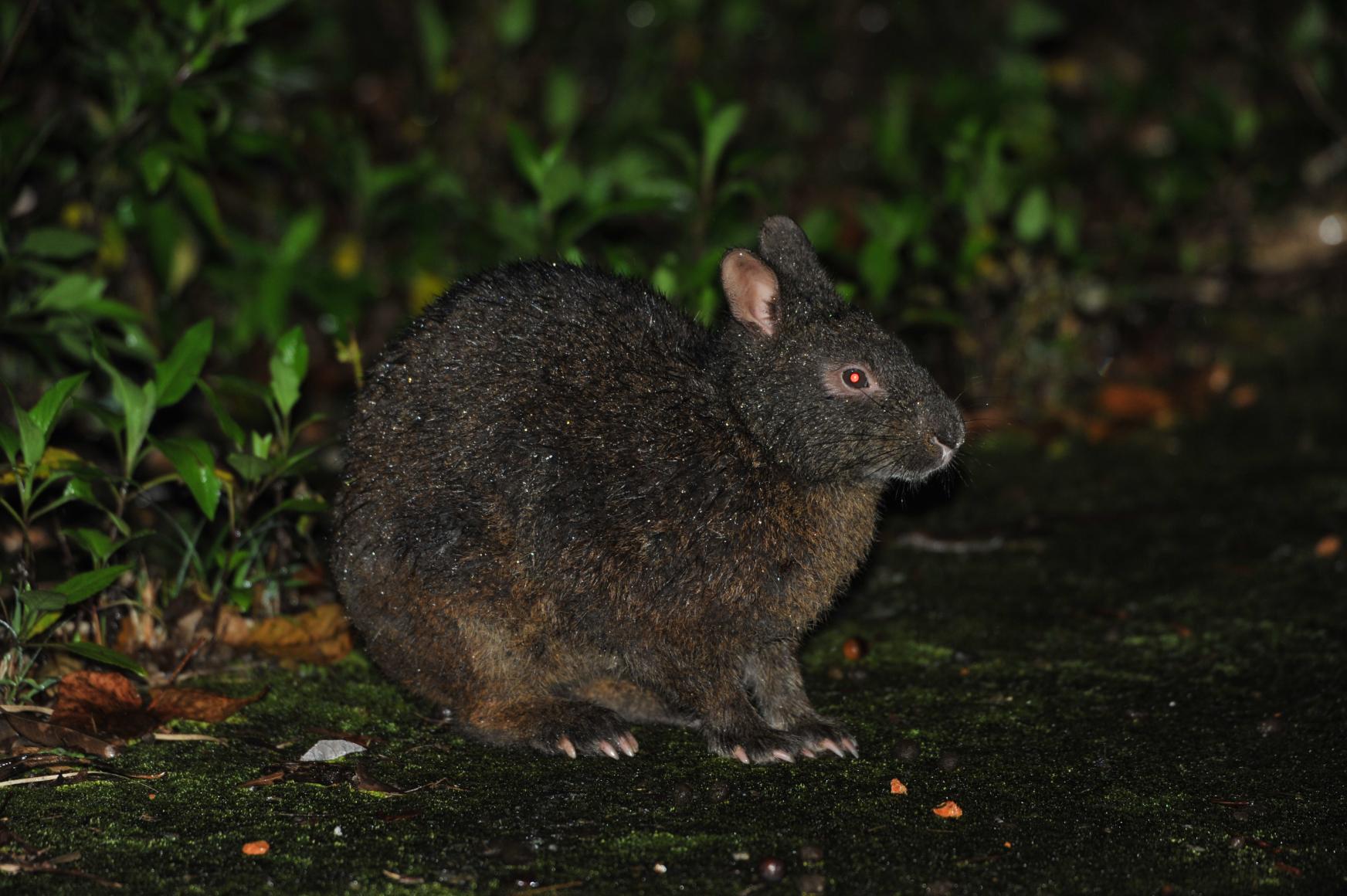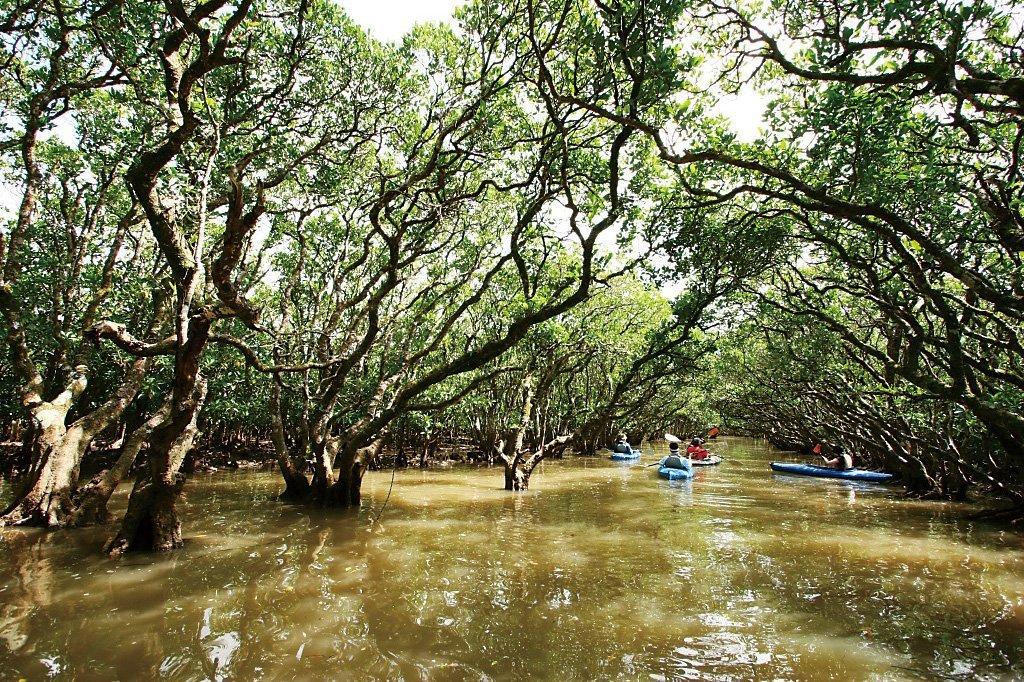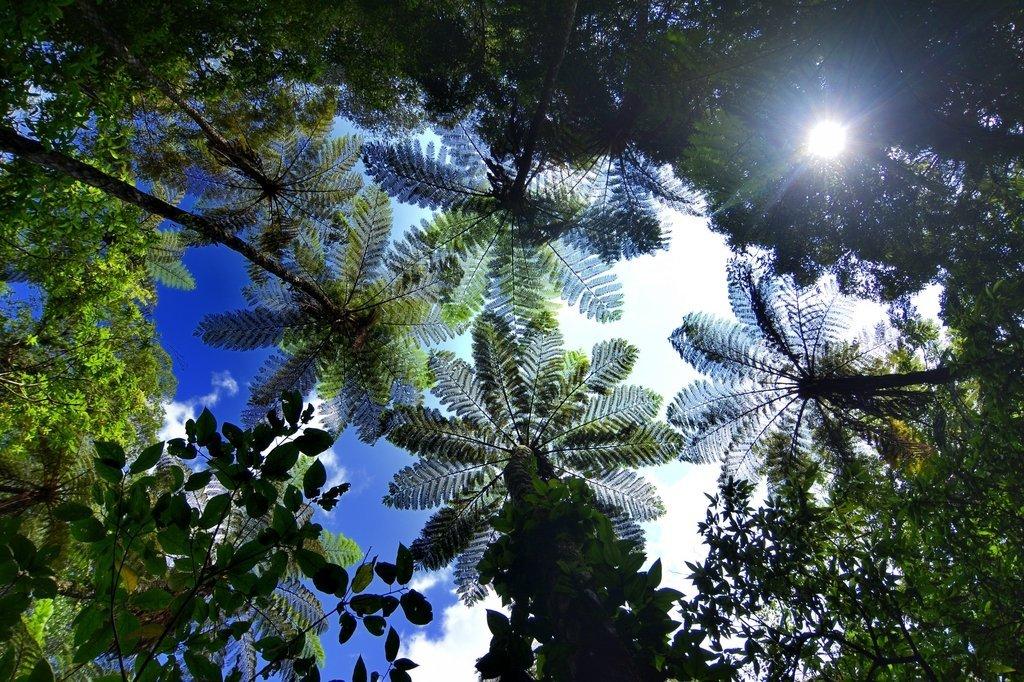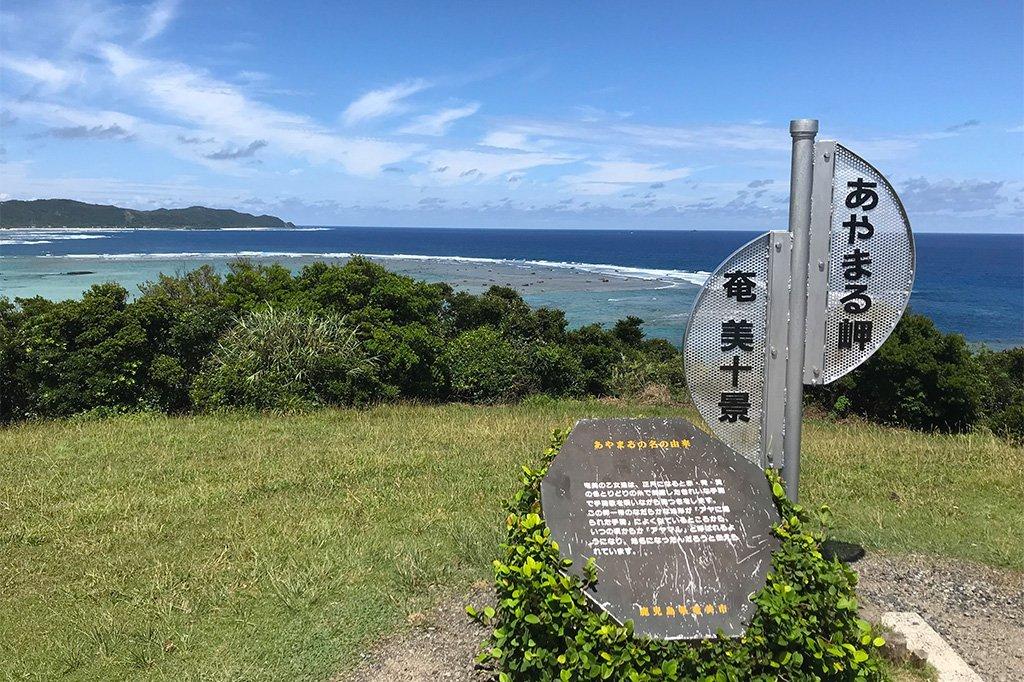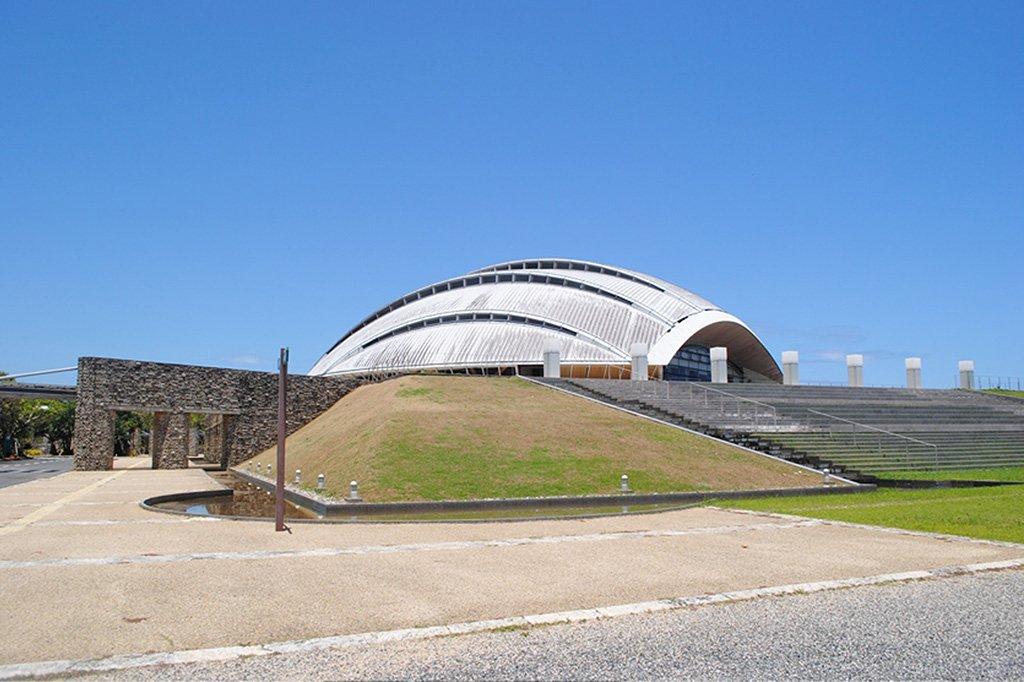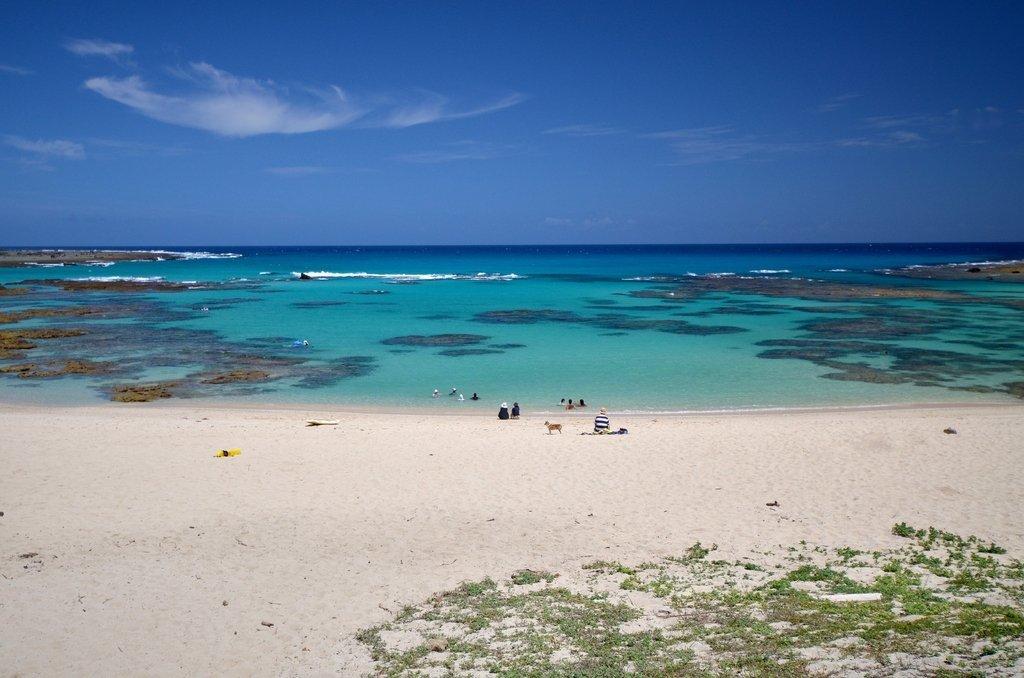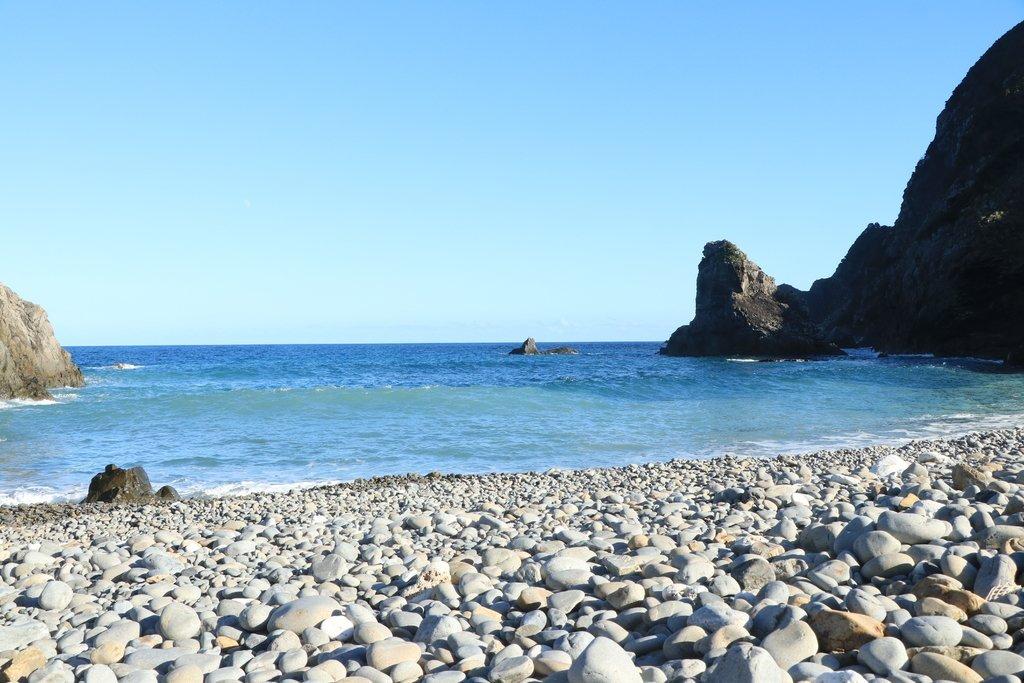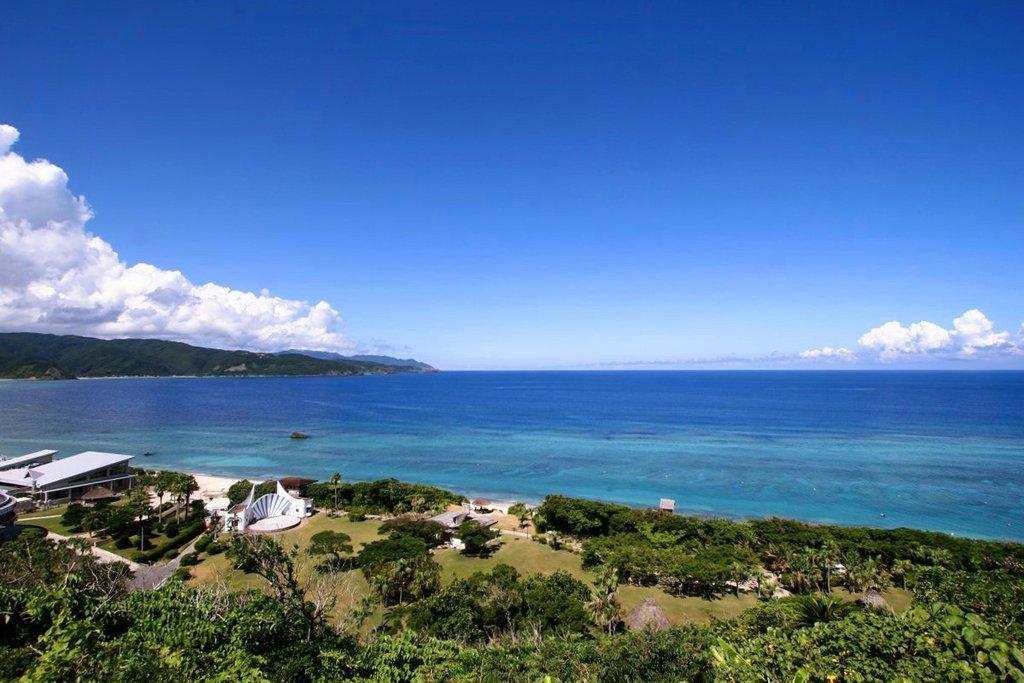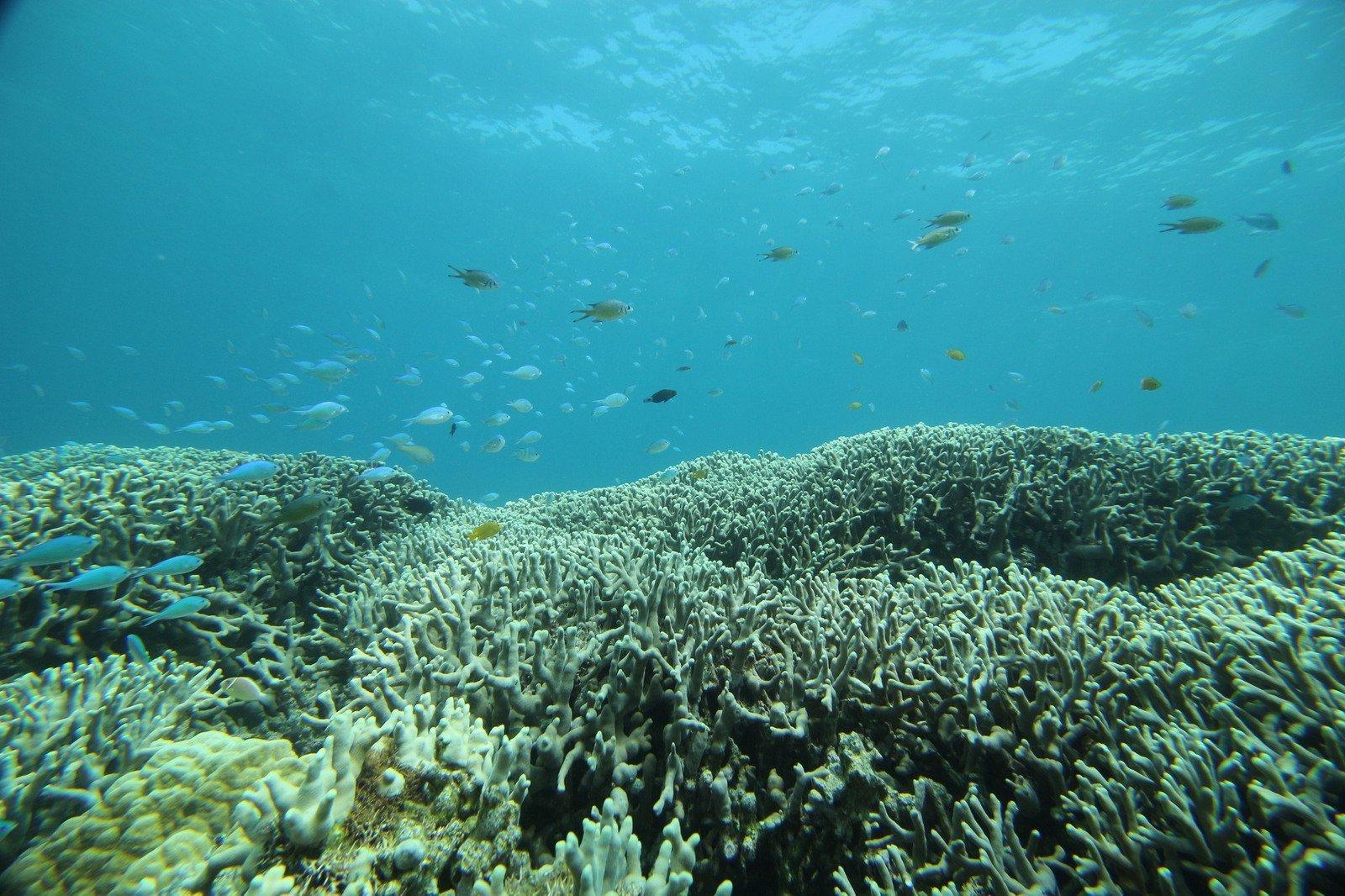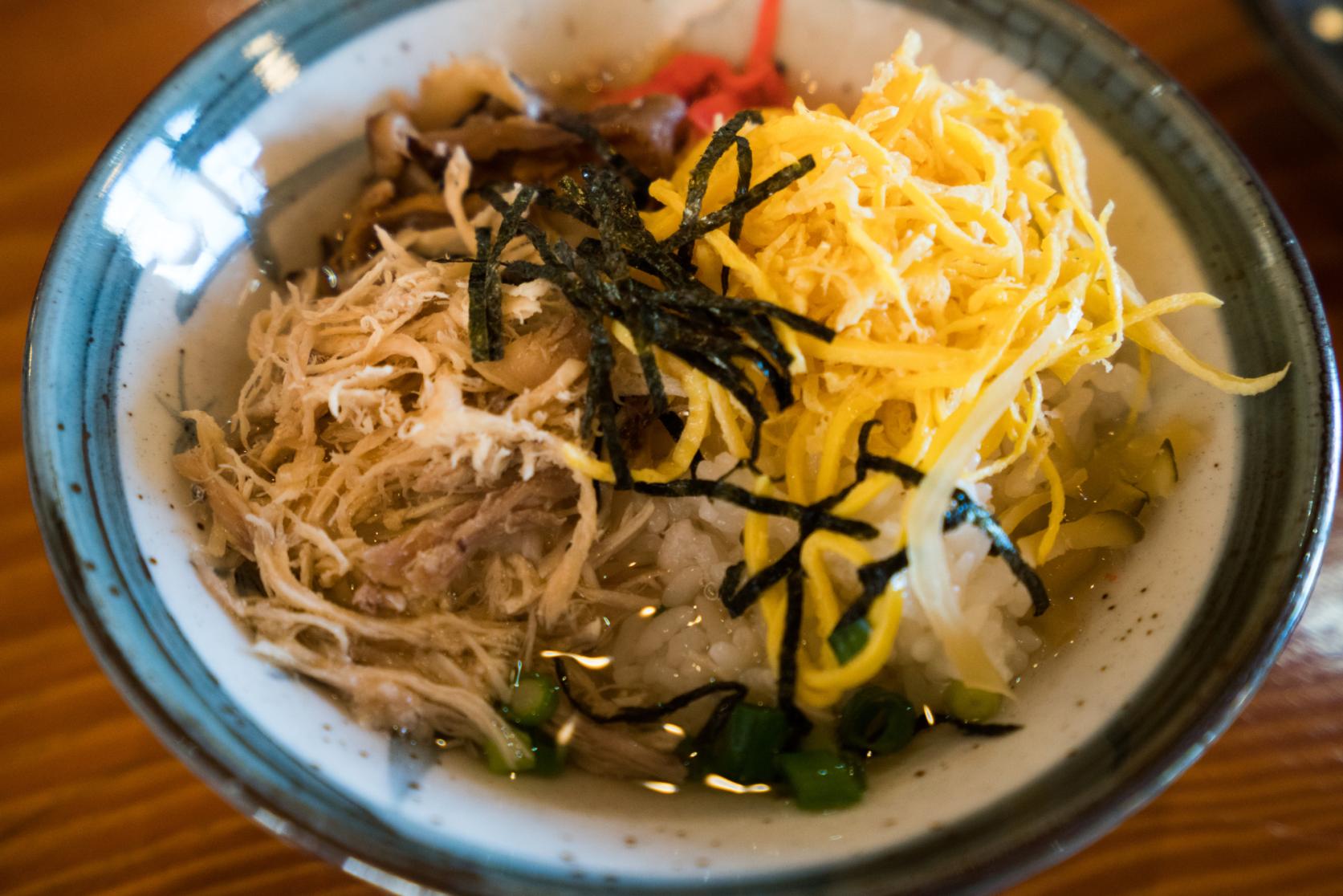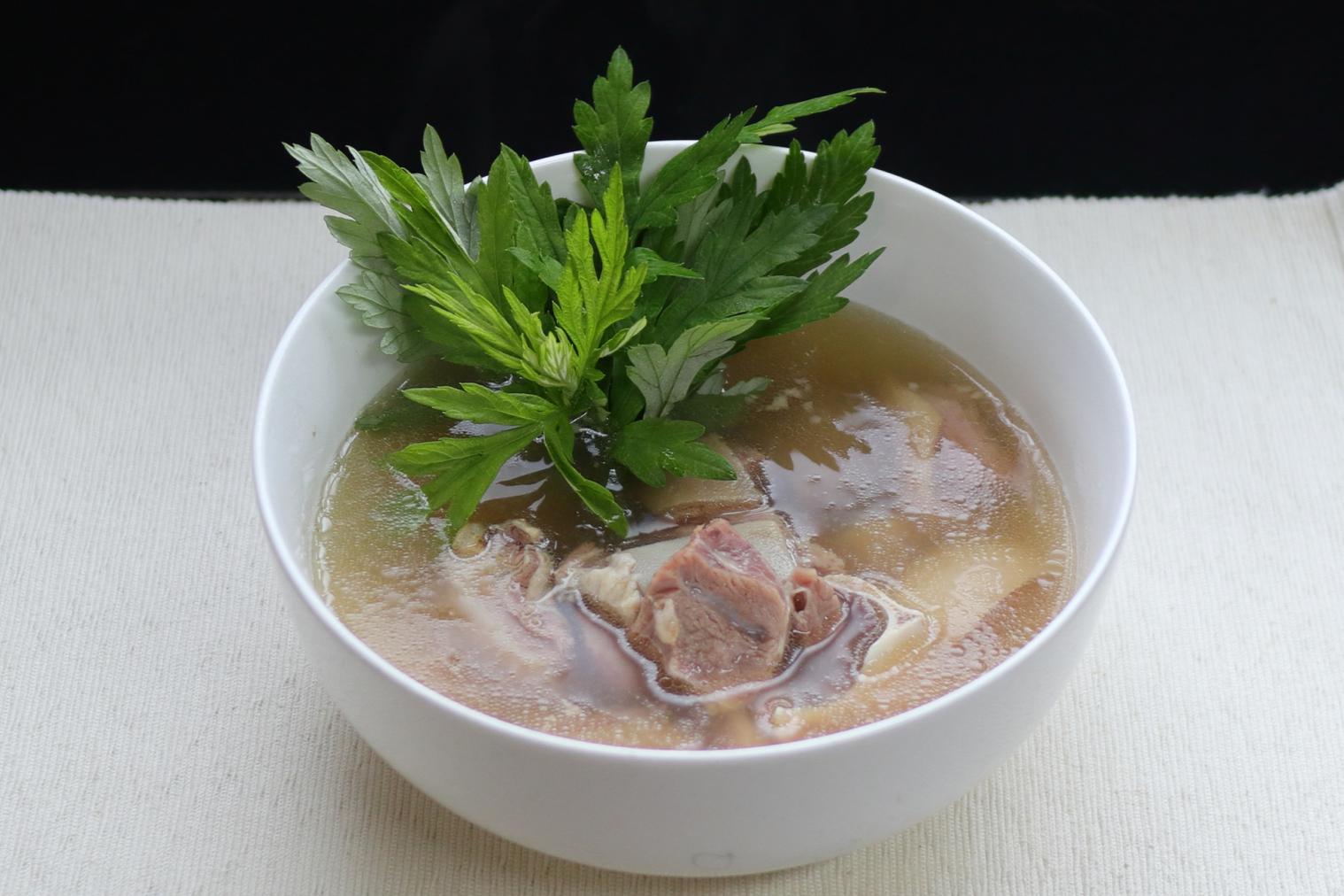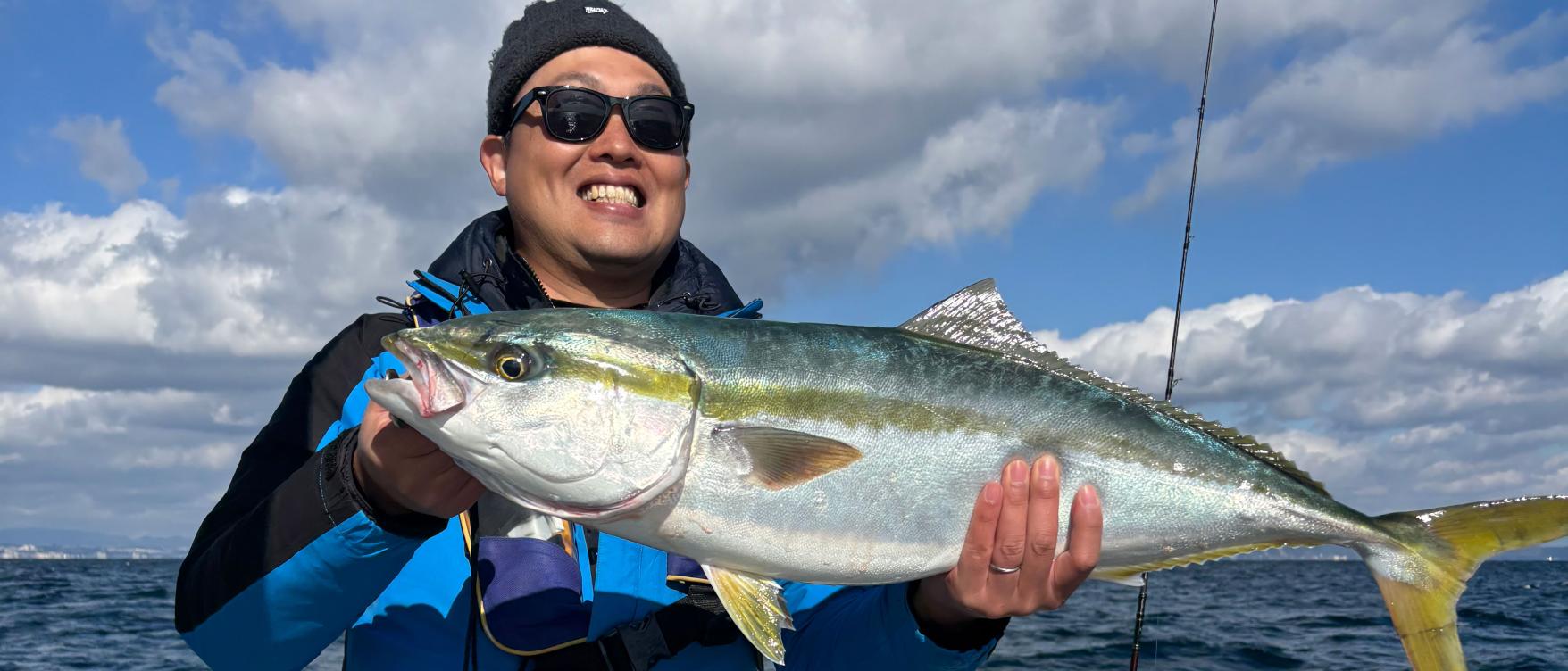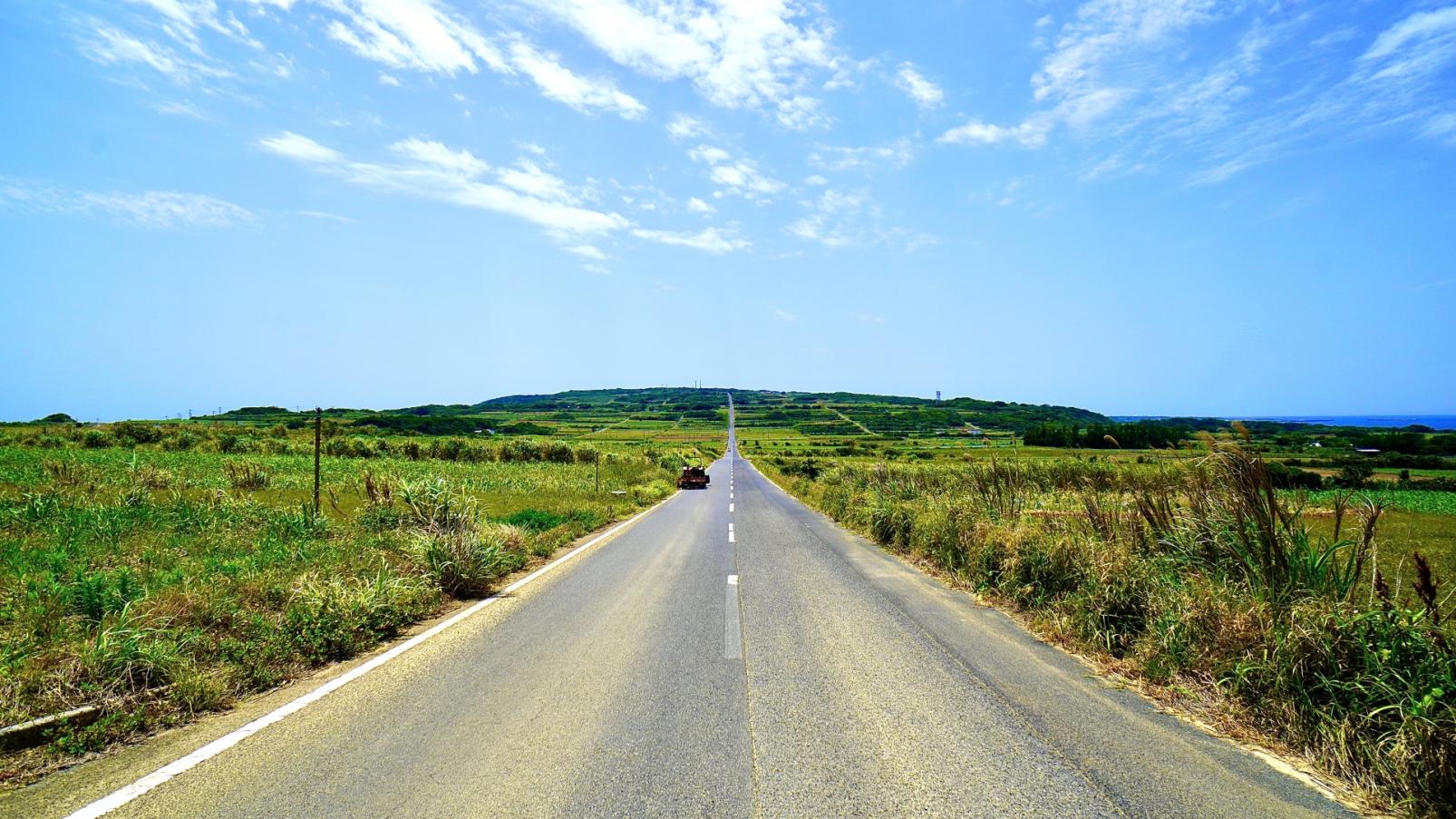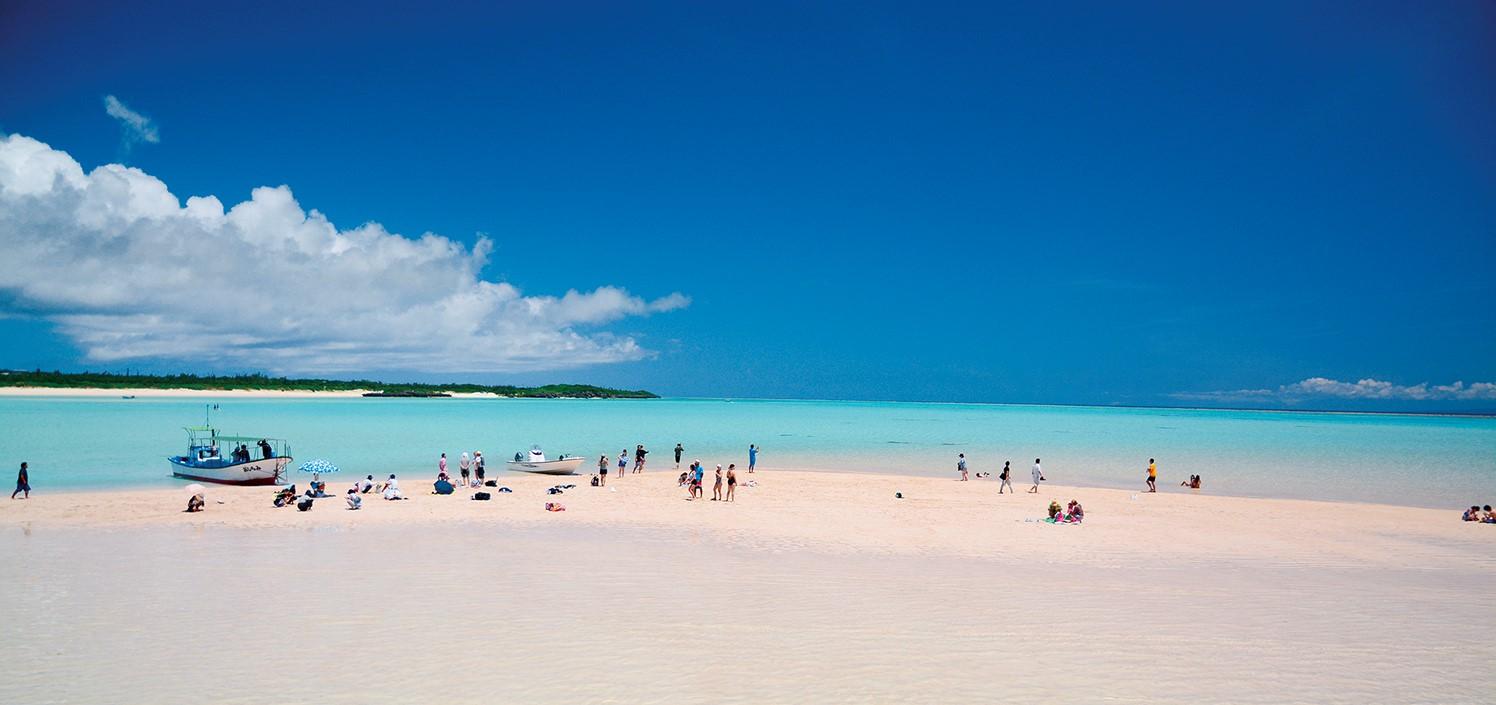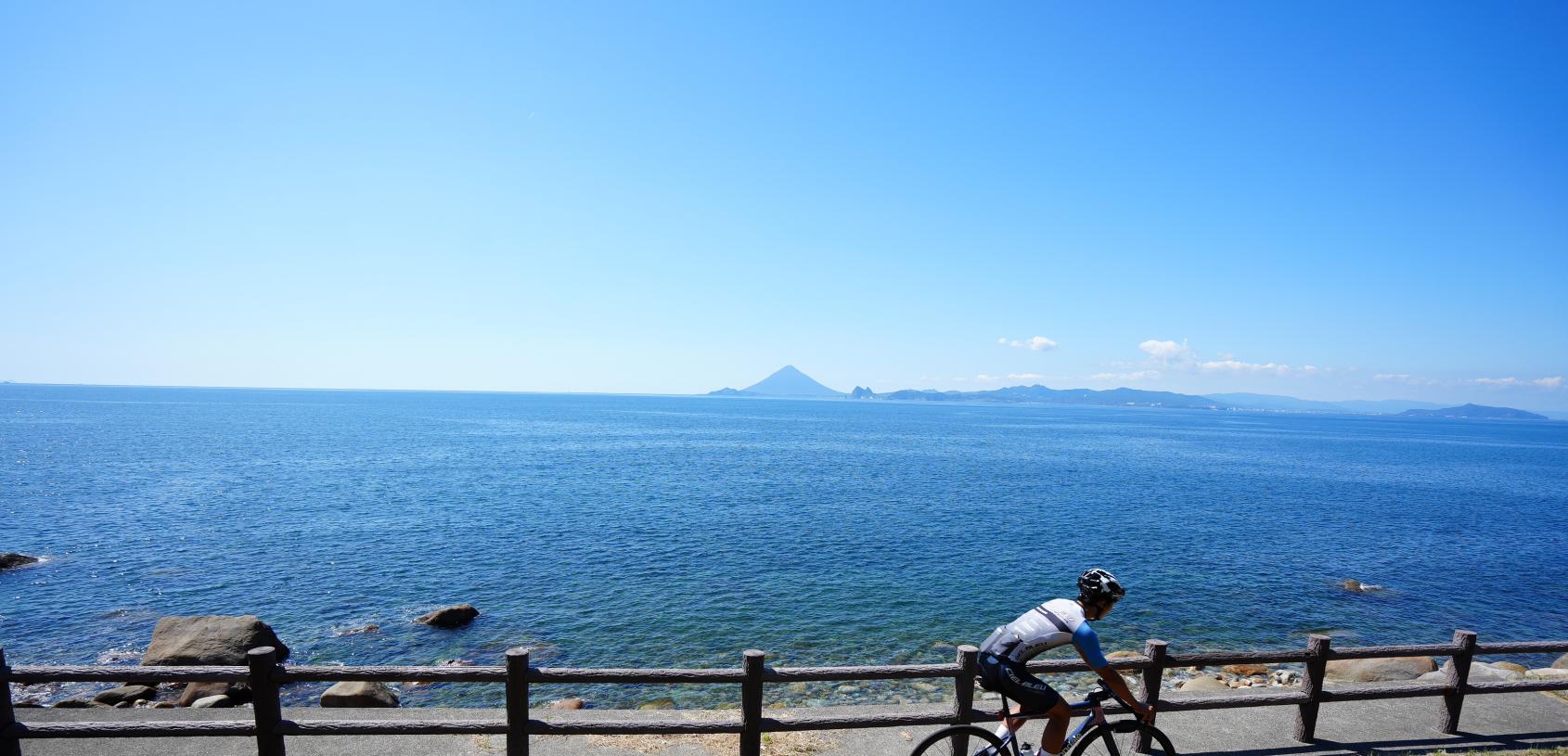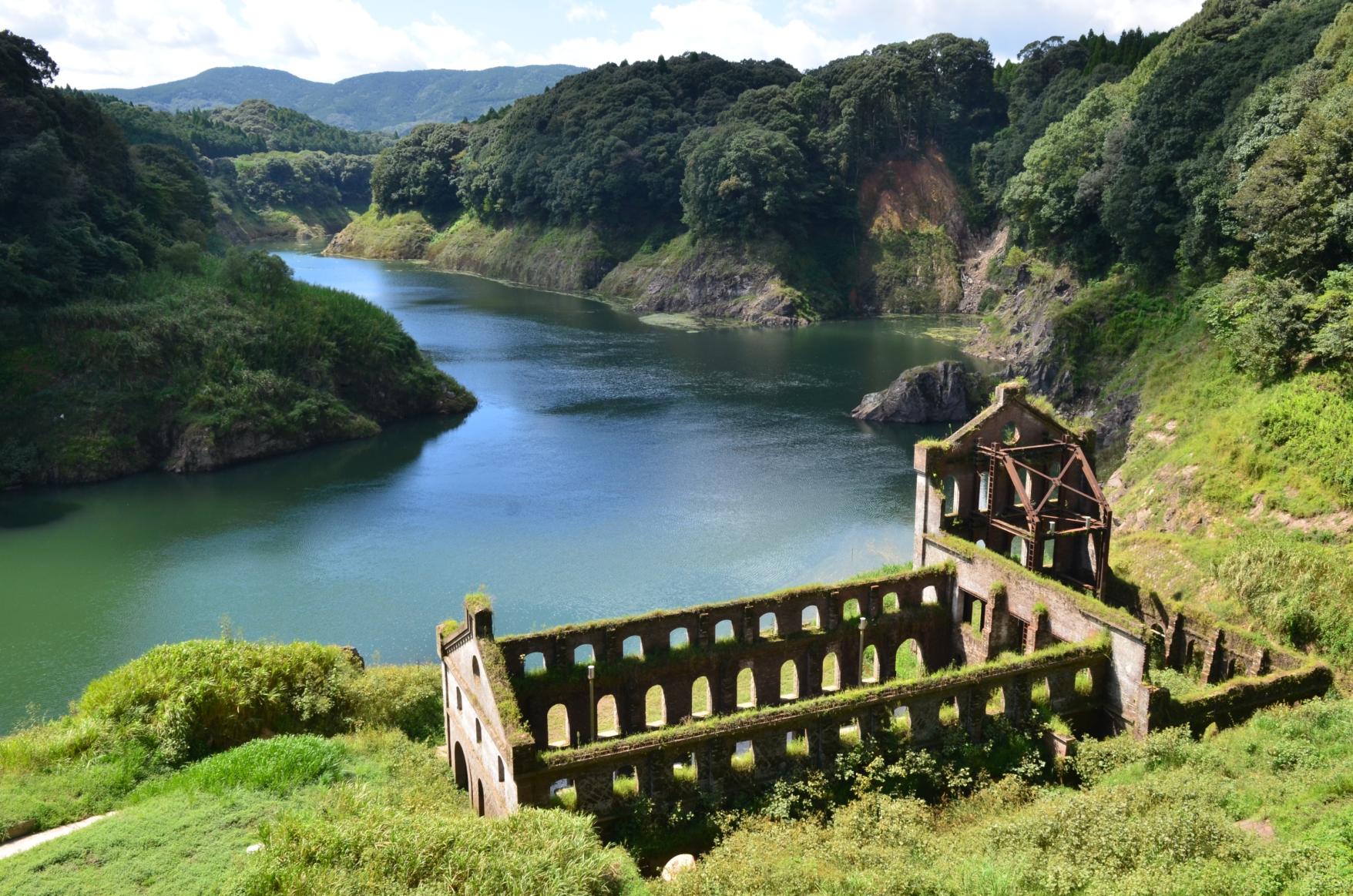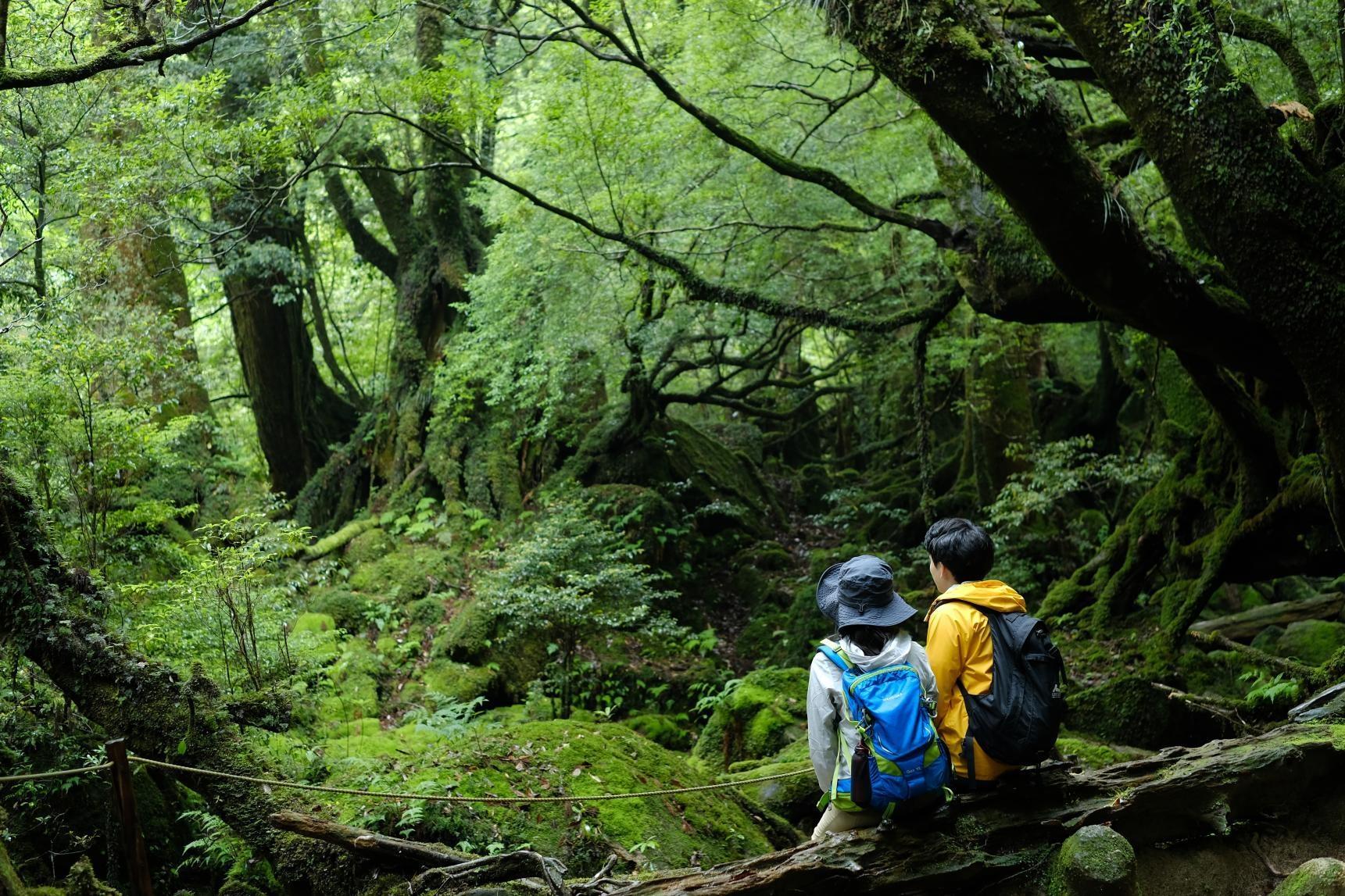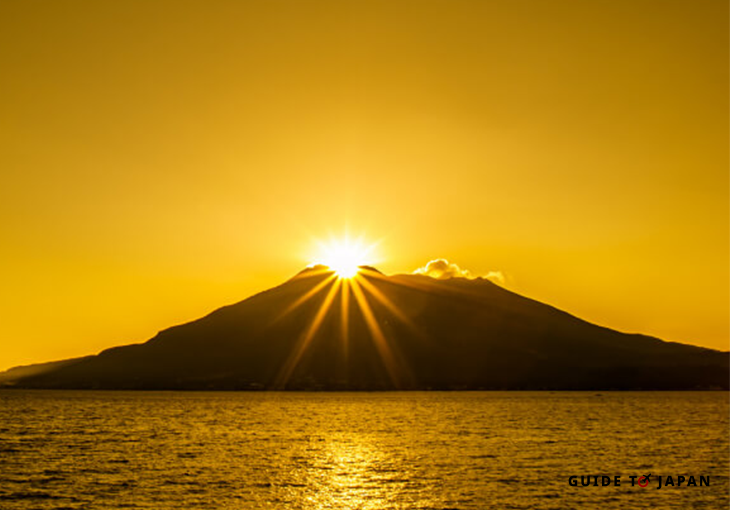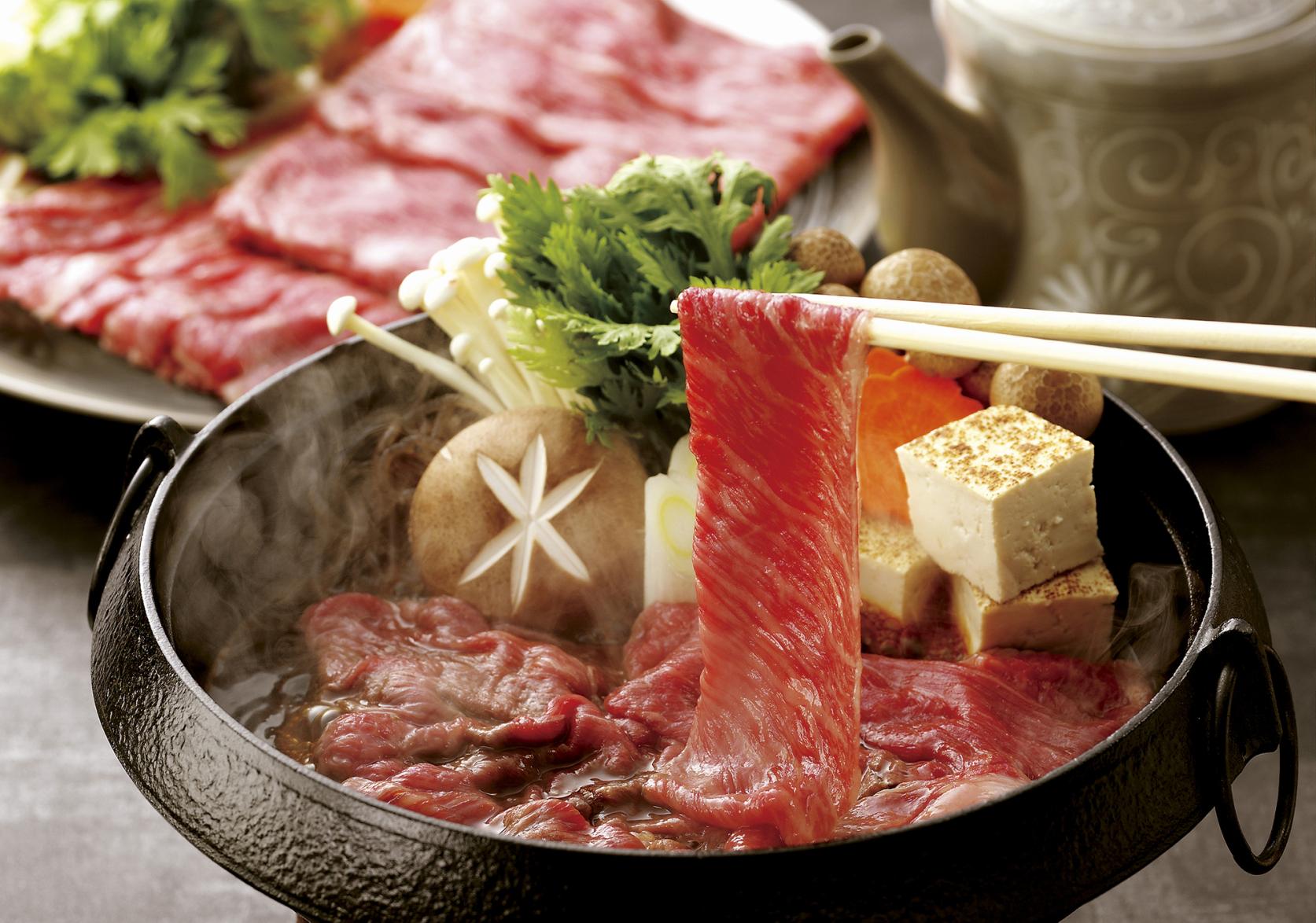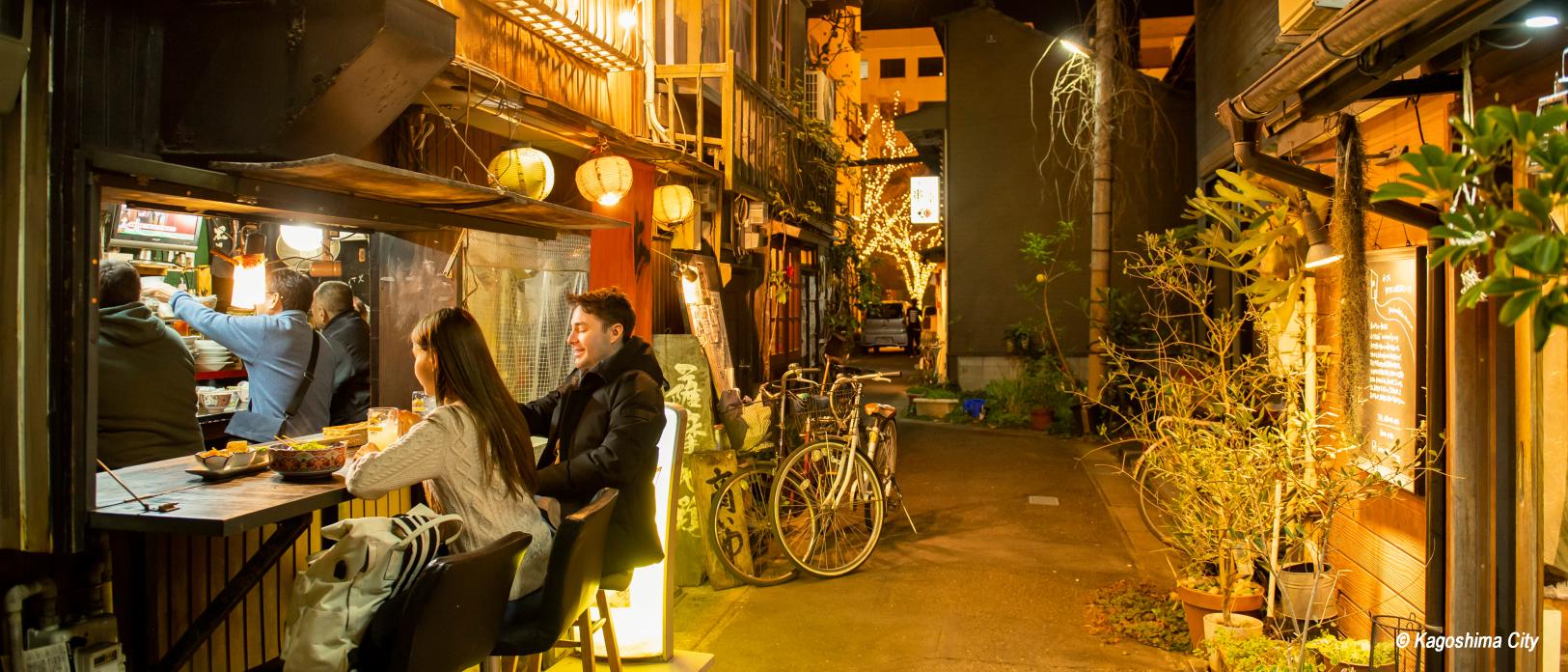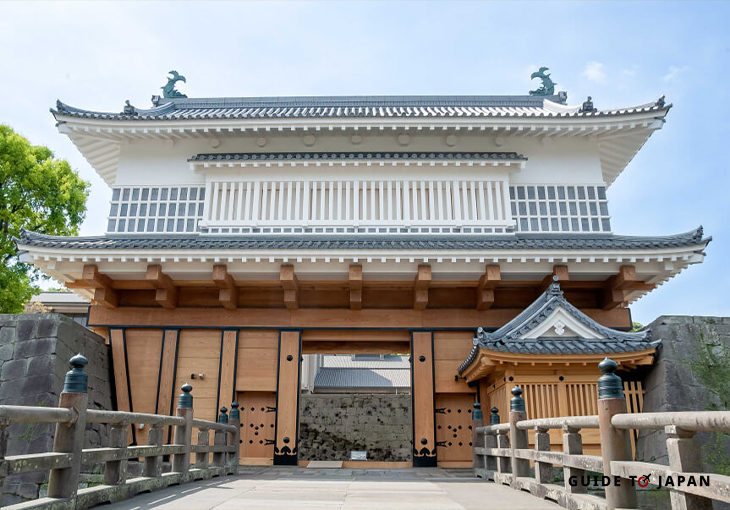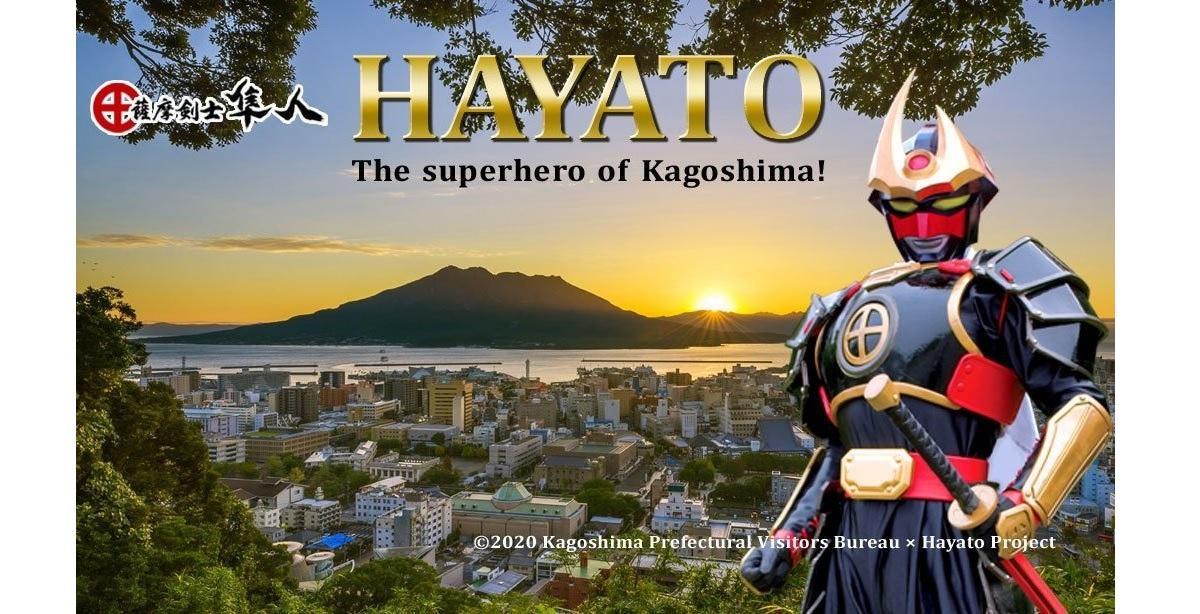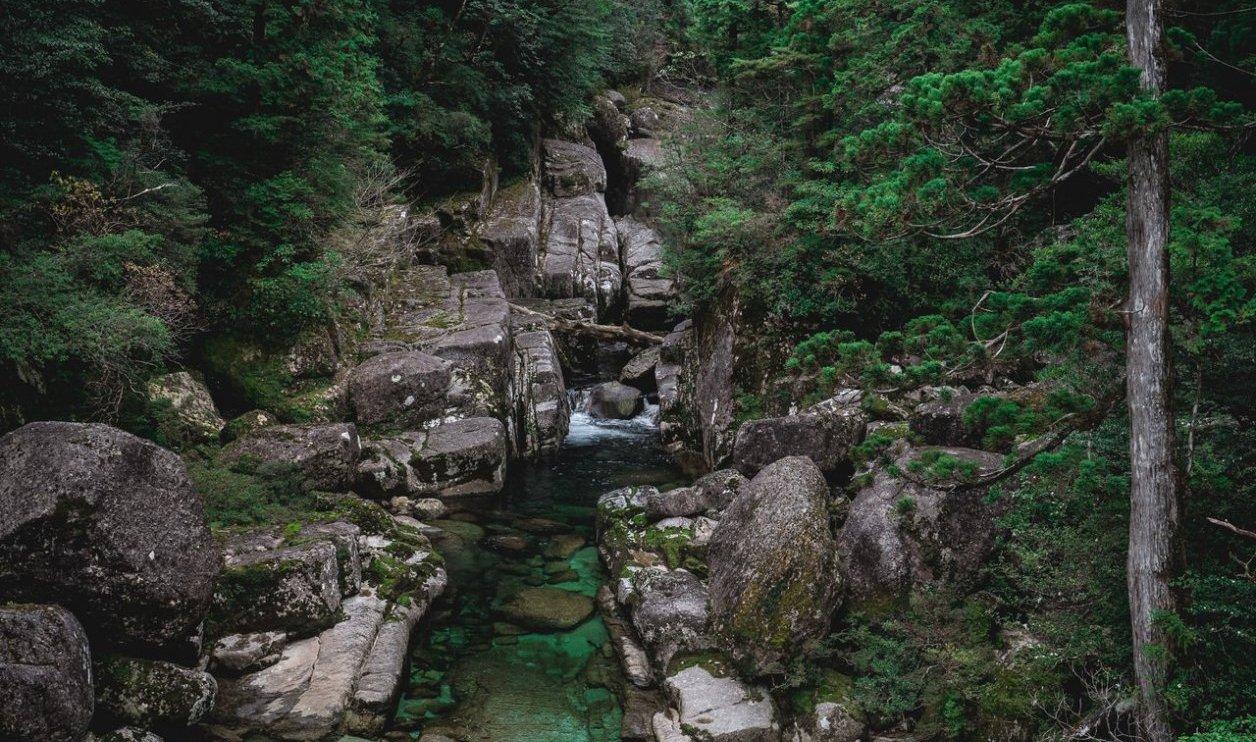A stunning island with pristine nature -Unique lifestyle-
Amami Oshima has a relaxed island vibe, delicious local cuisine and a lively music scene. Savor the delicate flavors of keihan (a chicken and rice dish) or listen to traditional folk songs over a glass of the local alcohol kokuto (brown sugar) shochu. You can watch artisans make Oshima Tsumugi, a silk with centuries of history, or try copying them to make a souvenir.
One of the world's three best woven textiles
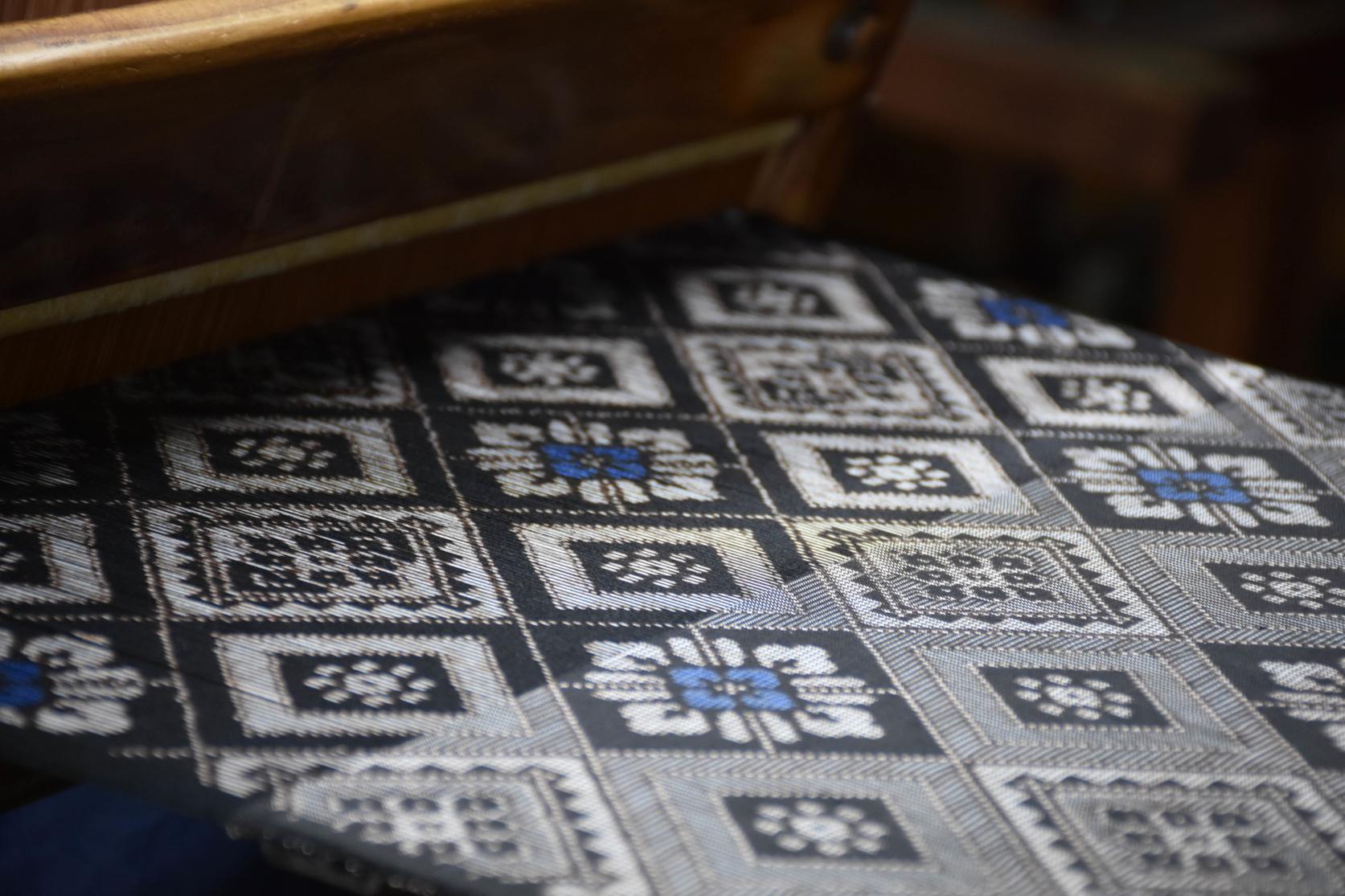
Amami Oshima Island lies about 380 km southwest of Kyushu region. It is an attractive island where unique and abundant nature such as sub-tropical laurel forests and mangrove forests remain untouched, and the cultures of Okinawa, ancient Japan, and Asia coexist.
Oshima Tsumugi-muraOutdoor activities
With pristine beaches, azure seas and untouched nature, the island offers a wealth of physical activities including kayaking through a mangrove forest, wildlife-spotting on a night safari and snorkeling to see tropical fish. This World Natural Heritage Site has a lot to offer.
Amami Oshima Data
| Land area | |
|---|---|
| 712.21 km² | |
| Amami Oshima Island's inland forests are fascinating - from the sub-tropical forests stretching across hills to the mangrove forests with their elegant curves and arches. | |
| Circumference | |
| 461 km | |
| There are no circular routes around the island. The distance between Kasari Town in the north and Koniya in the south is about 80 km, and takes about 2 hours to travel by car. | |
| Population | |
| approx.67,400 people | |
| Japan's nationally protected species and endemic animals coexist in harmony with the people. | |
| Topography | |
| On hilly Amami Oshima Island, the north is relatively flat and you can see the land become mountainous as you travel southward. | |
Climate
Amami Oshima Island sees the shortest annual sunlight hours in Japan. It experiences a mild and wet sub-tropical climate. Rainy season begins in May, and August sees a high occurrence of typhoons.
Average temperatures and rainfall
Average values from 1981 to 2010 (statistics from Japan Meteorological Agency)
Main attractions
Map of attractions
Google Maps may not display correctly if left open for more than 1 day
What is an Amami Islands Area Licensed Guide Interpreter?
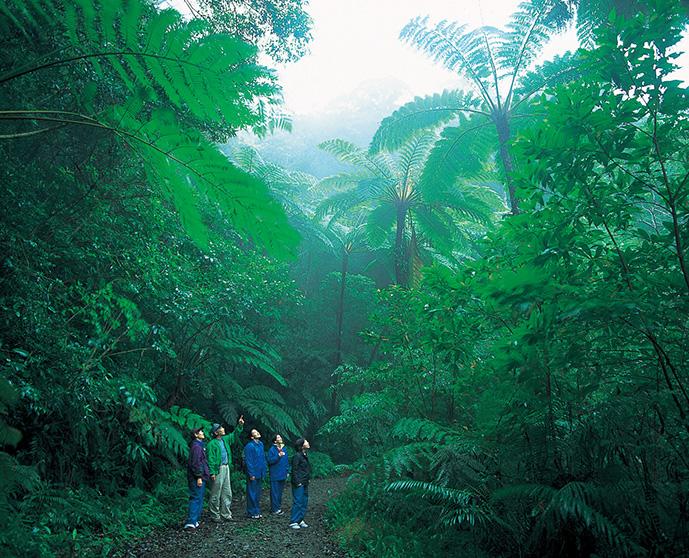
A Local Licensed Guide Interpreter is an individual, who receives training conducted by each municipality and registered as a “Local Licensed Guide Interpreter,” and they have a good knowledge of the history, geography, and culture in their designated regions.
You can search for registered Amami Islands Area Licensed Guide Interpreters by their residential area or language.
Recommended dishes in Amami Oshima Island
Access
Adventure Tour in Amami Oshima
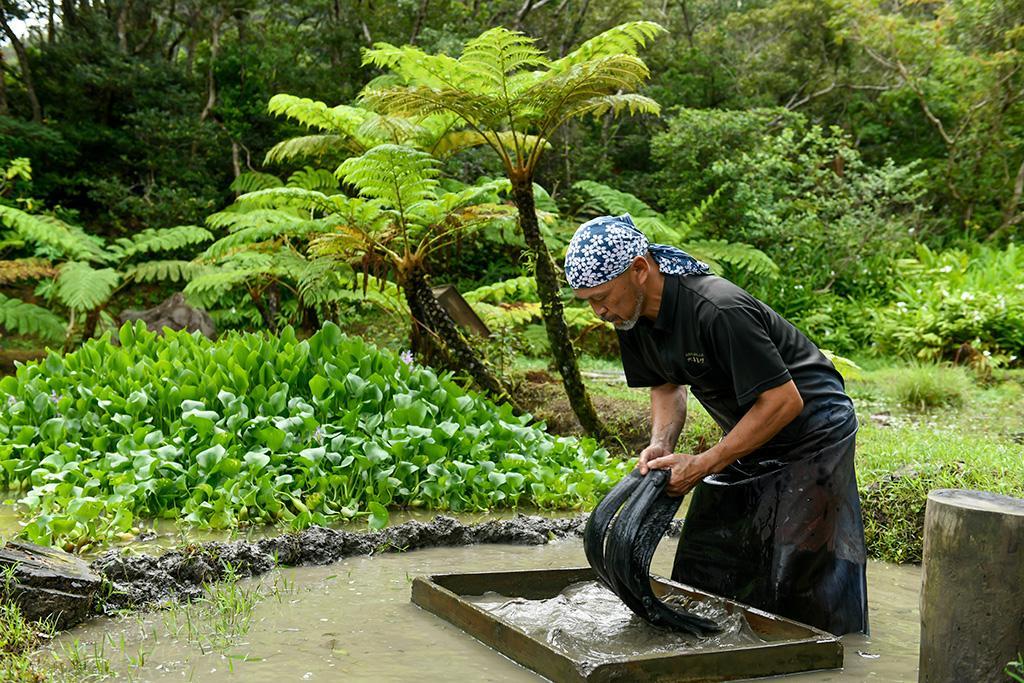
Embark on a 7 night, 8 day adventure starting in Kagoshima, exploring both the northern and southern parts of Amami Oshima Experience Satsuma culture and hot springs on the mainland of Kagoshima, before immersing yourself in Amami Oshima’s culture and unique traditional industries, including Oshima Tsumugi , one of the world's three major textiles, and Brown Sugar Shochu Liquor both exclusive to Amami Oshima.
Connect with the locals through traditional Shimauta songs and Hachigatsu Odori dancing.
Look forward to outdoor activities such as cycling, kayaking, and trekking in Amami Island’s truly unique natural setting. Some areas are also part of the Amami World Heritage Trail.
Experience the rare ecosystems and inhabitants that thrive in their own forests and seas, and gain a new perspective on the world.
English-Speaking Guide Tours
-

Amami Tours
Establishing Amami Tours in 2021, John provides unique tours on one of Japan's best-kept secrets, the gorgeous Amami Island (Amami Oshima). From top-class diving to breathtaking beaches, captivating culture, delicious food, enchanting music, unique wildlife, and, of course, the native Amamian liquor (kokuto shochu).
All tours are private and include transport to and from your hotel. Discover a different side of Japan, only a few hours from Tokyo or Osaka. You won't be disappointed. -
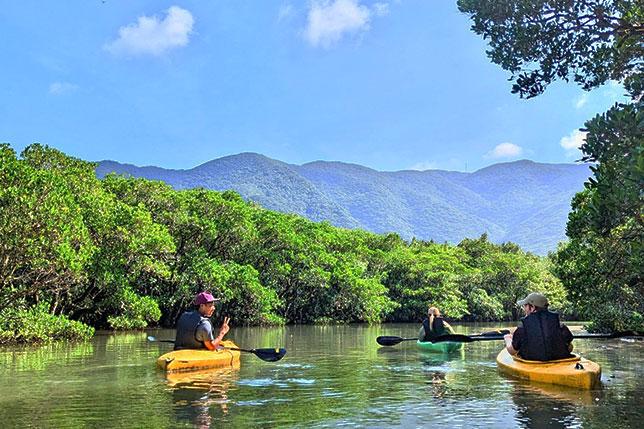
Link Adventures
We are guides in Amami Oshima, offering nature tours such as kayaking, hiking, and wildlife observation, as well as cultural tours like Oshima Tsumugi textile and local cooking. All of our tours are conducted in English, from initial communication to the day of the tour, ensuring a seamless and comfortable experience. Private tours allow you to spend time at your own pace and make specific requests.
Words on Nature: The names and photos of wildlife on Amami Oshima
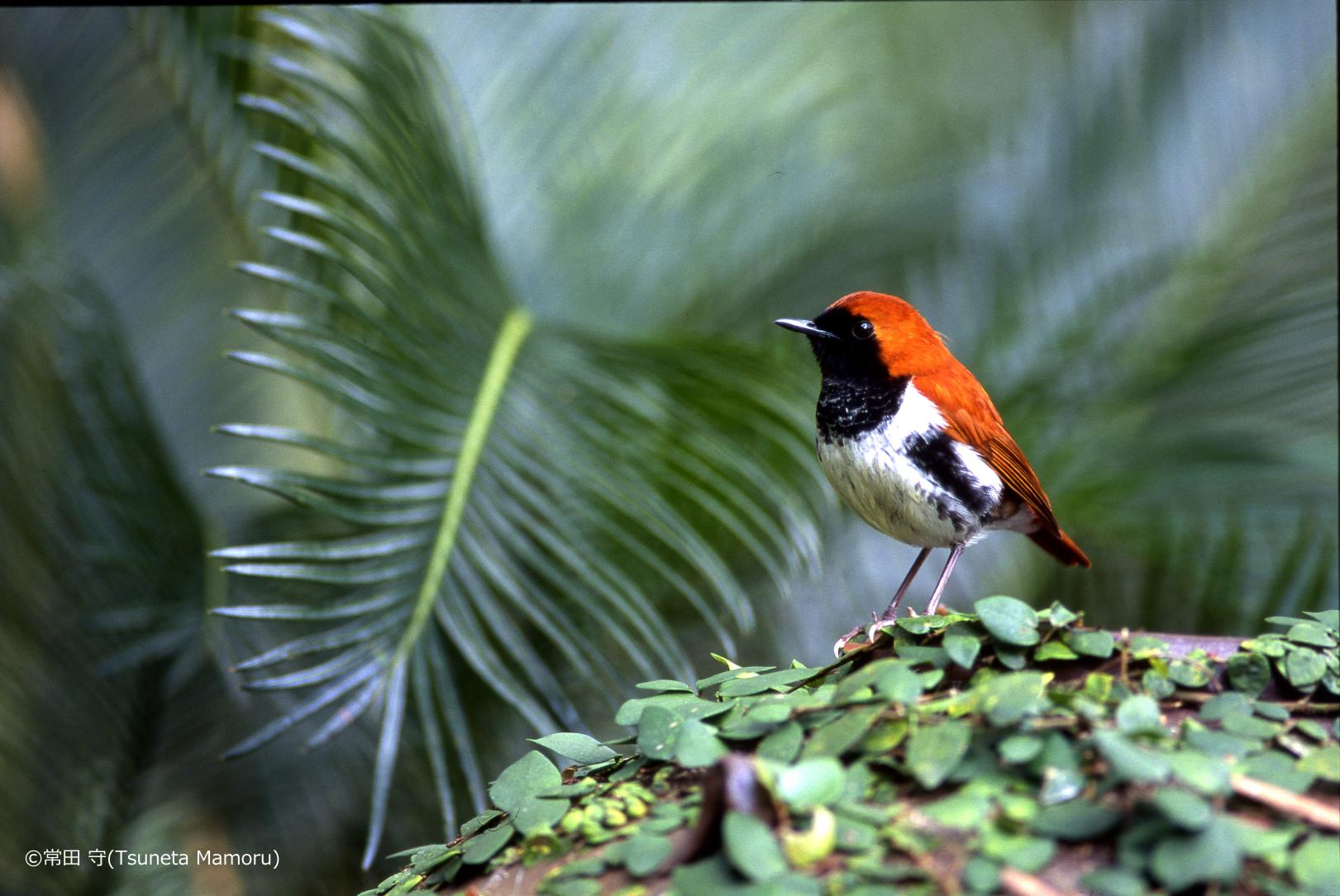
This is a visual encyclopedia that is created by the Amami-Oshima Tourism and Products Federation,with support from the Japan Tourism Agency’s Multilingual Project. It provides English explanations of the wildlife that can be observed on Amami-Oshima Island,with the aim of assisting local guides in explaining the island’s nature to foreign nature enthusiasts.
The English explanations in this booklet were edited and created by professionals in accordance with the government’s rules for creating tourism explanation texts, as part of the Japan Tourism Agency’s Multilingual Explanation Development Project for regional tourism resources.
Most popular
-

Now is the time for a bike trip! Cycle beautiful Kagoshima
-
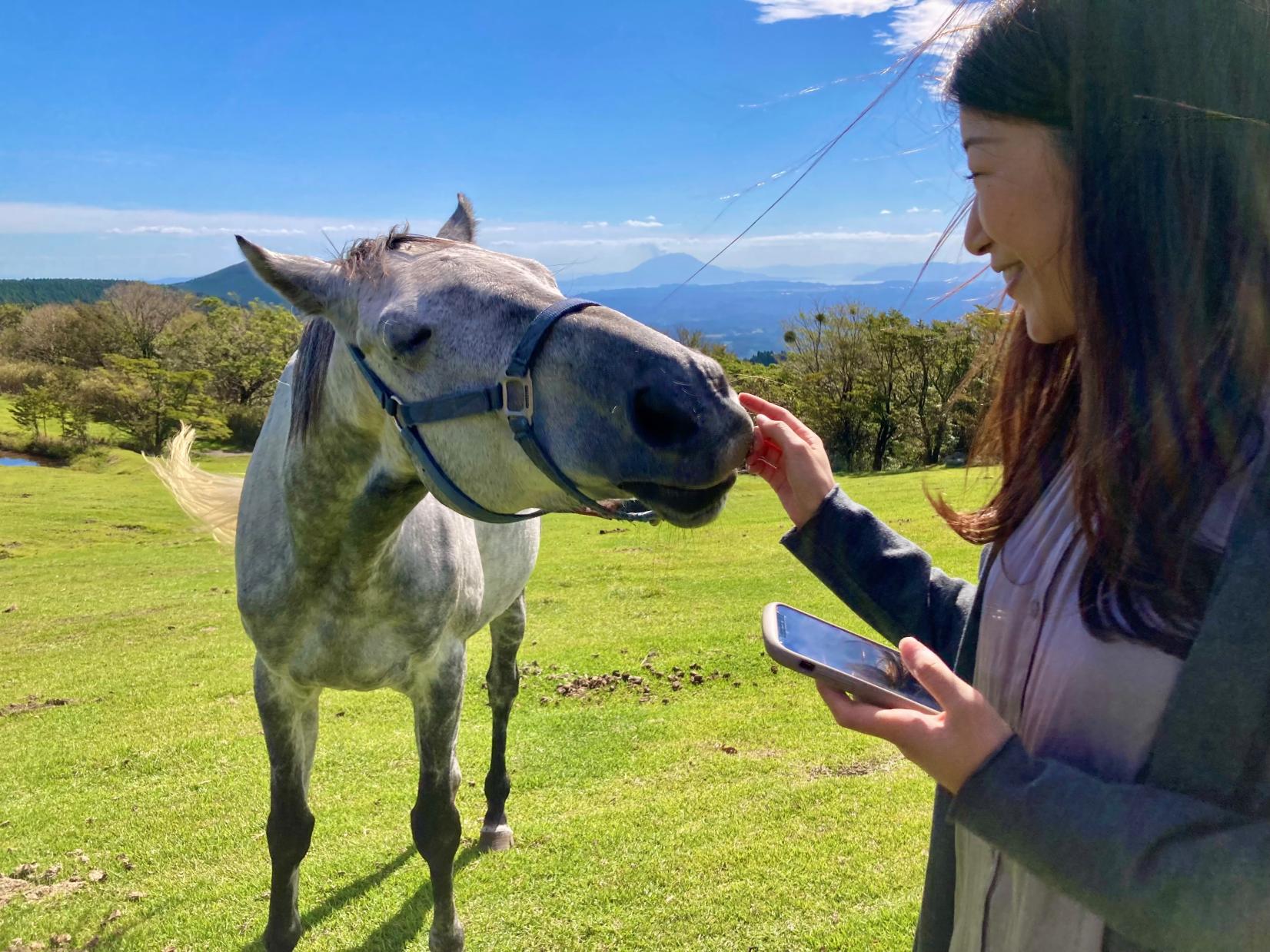
Re-Wild Kagoshima: The ultimate healing experience of interacting with the “Happy Horses”
-

Inner Kinko Bay Route: Vocano and Caldera
-
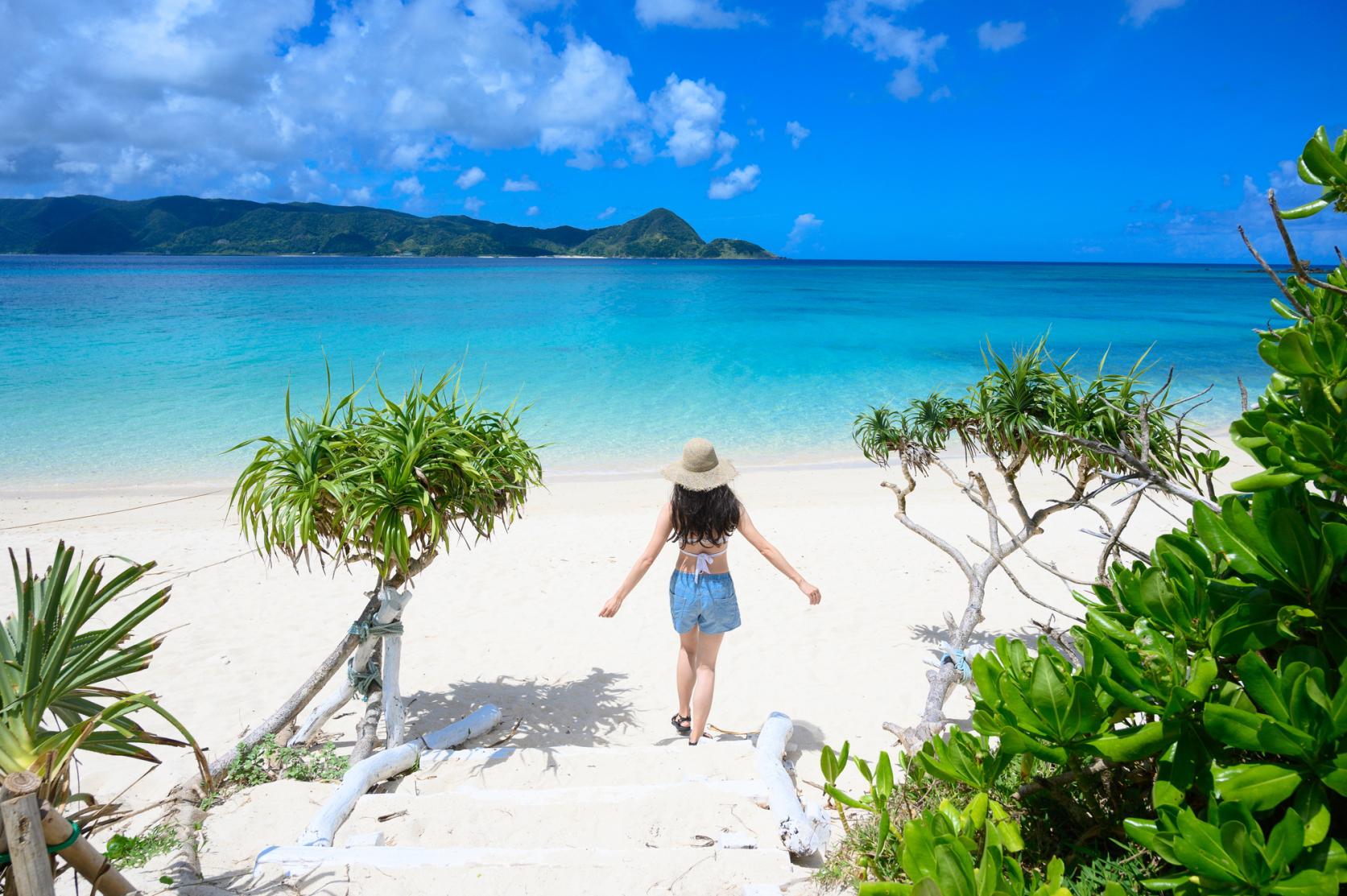
Let's go island-hopping in Kagoshima!
-
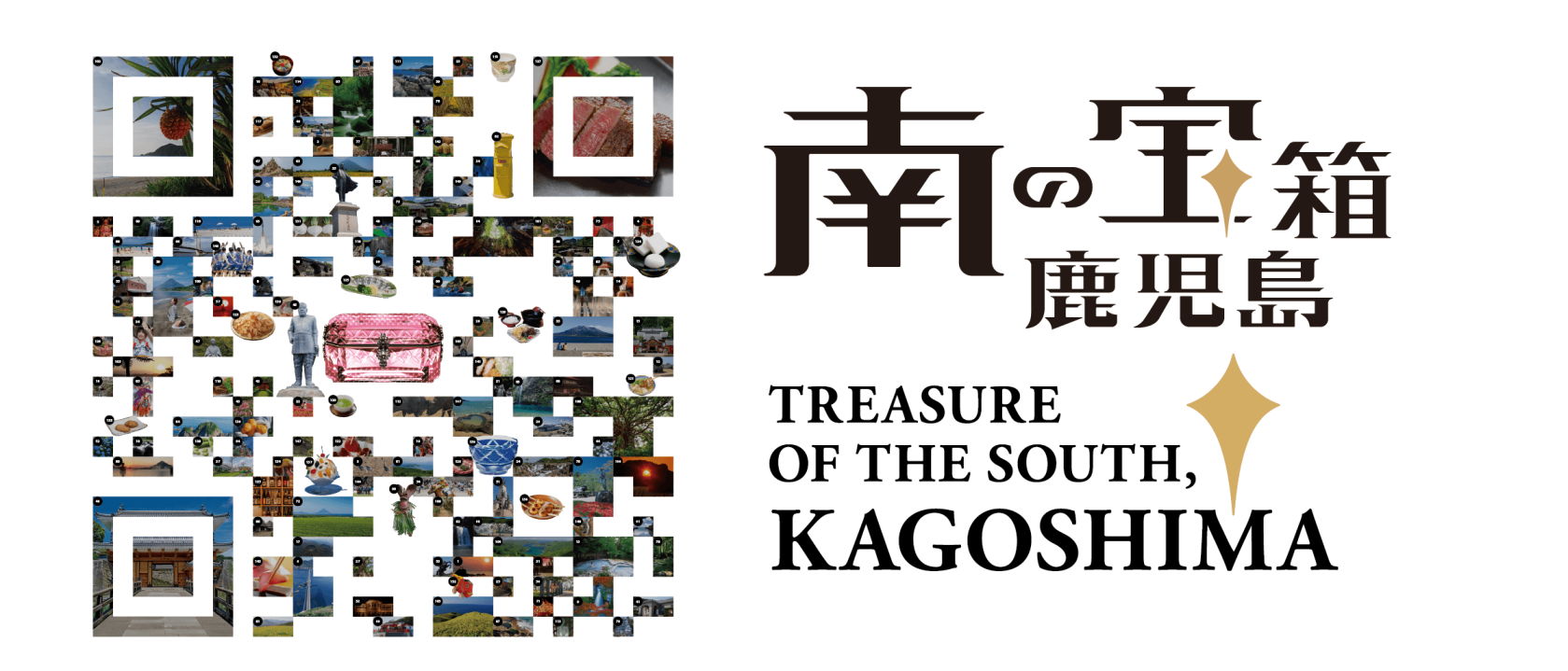
Our latest poster promotes Kagoshima’s tagline “Treasure of the South, Kagoshima” and uses photos of famous attractions across our prefecture, arranged in the style of two-dimensional matrix barcode.



